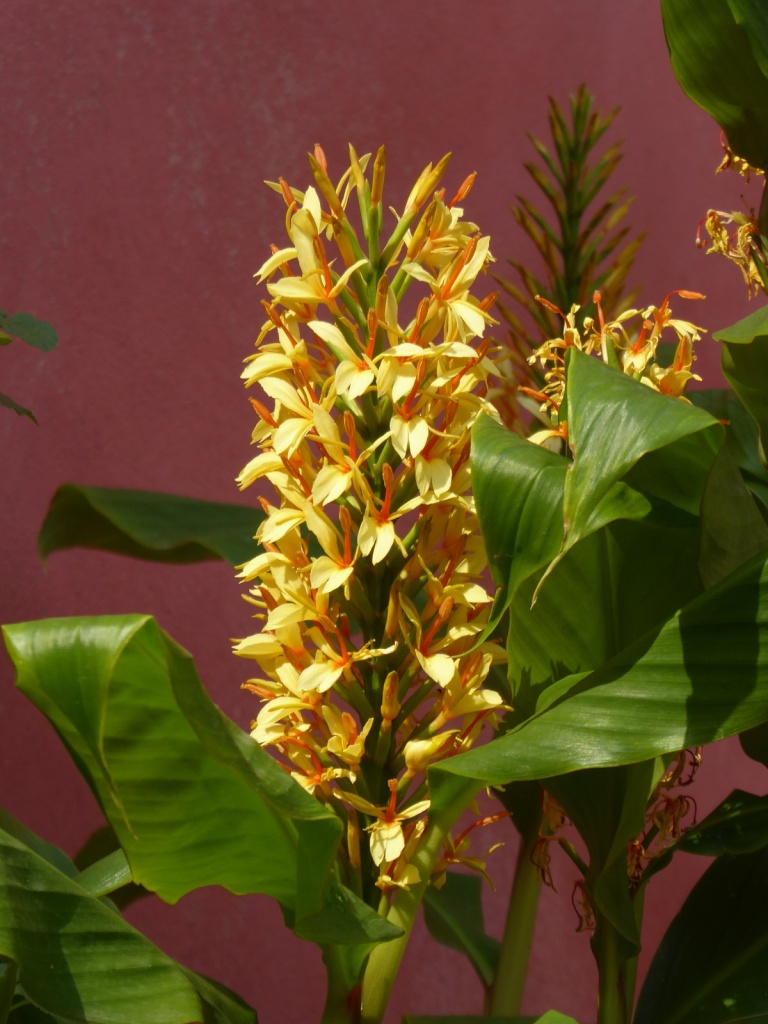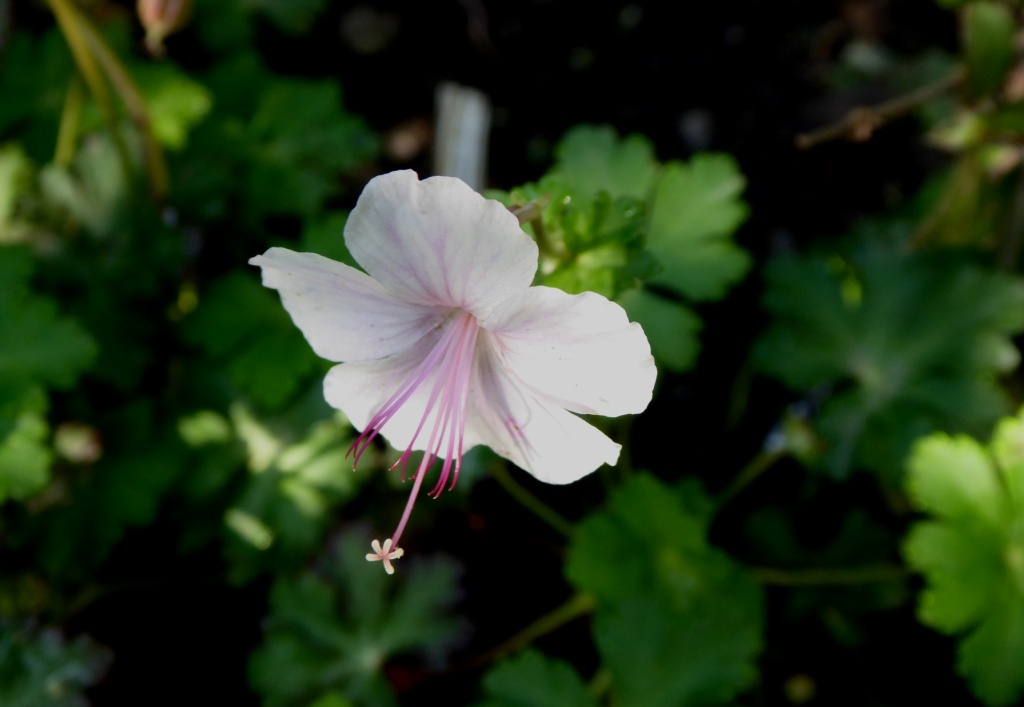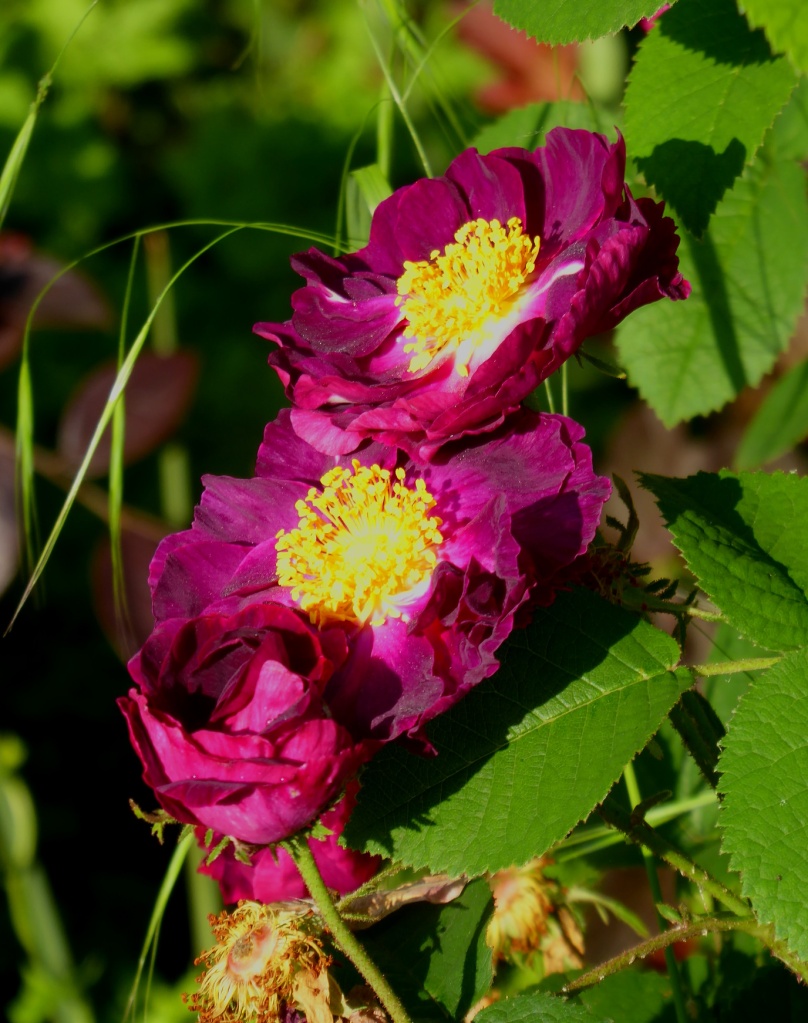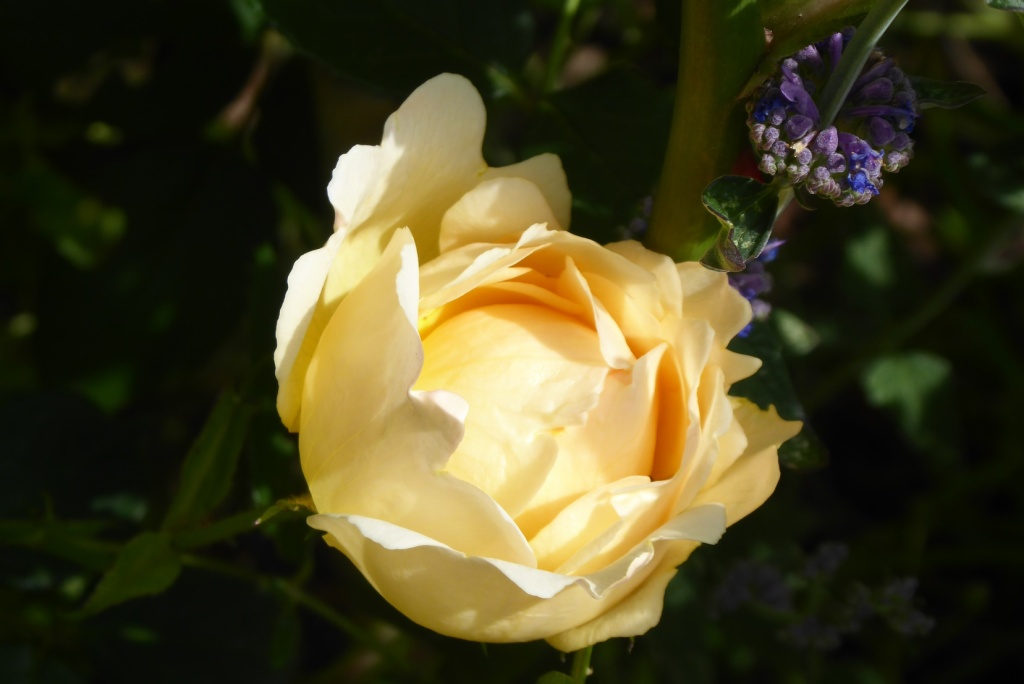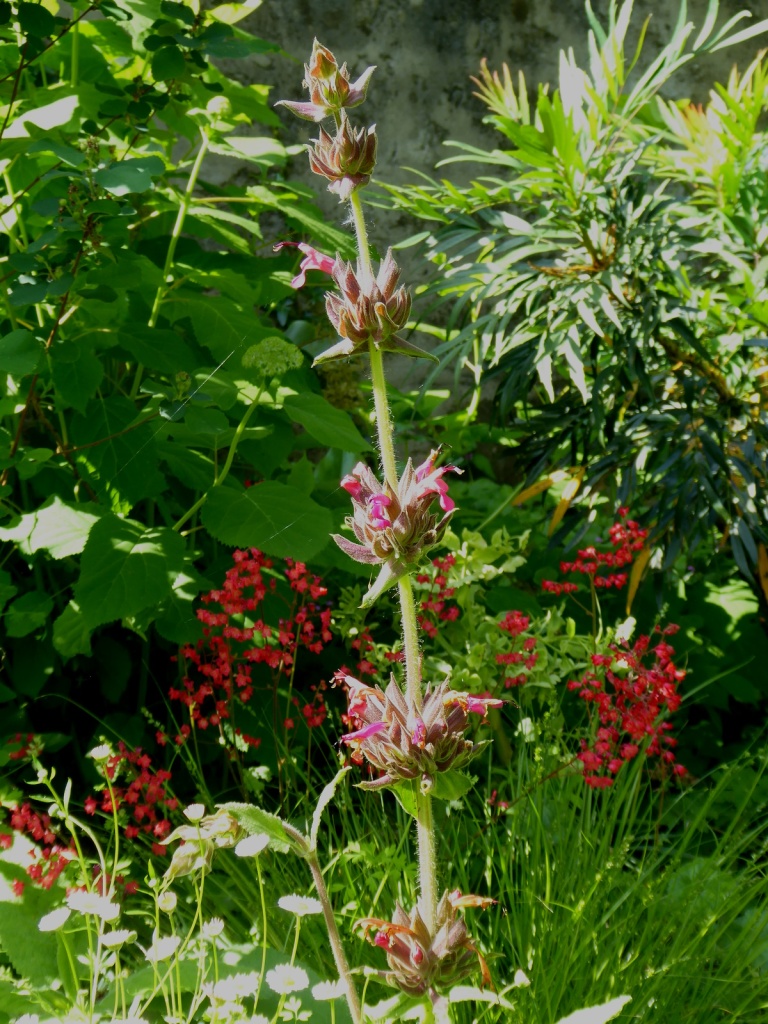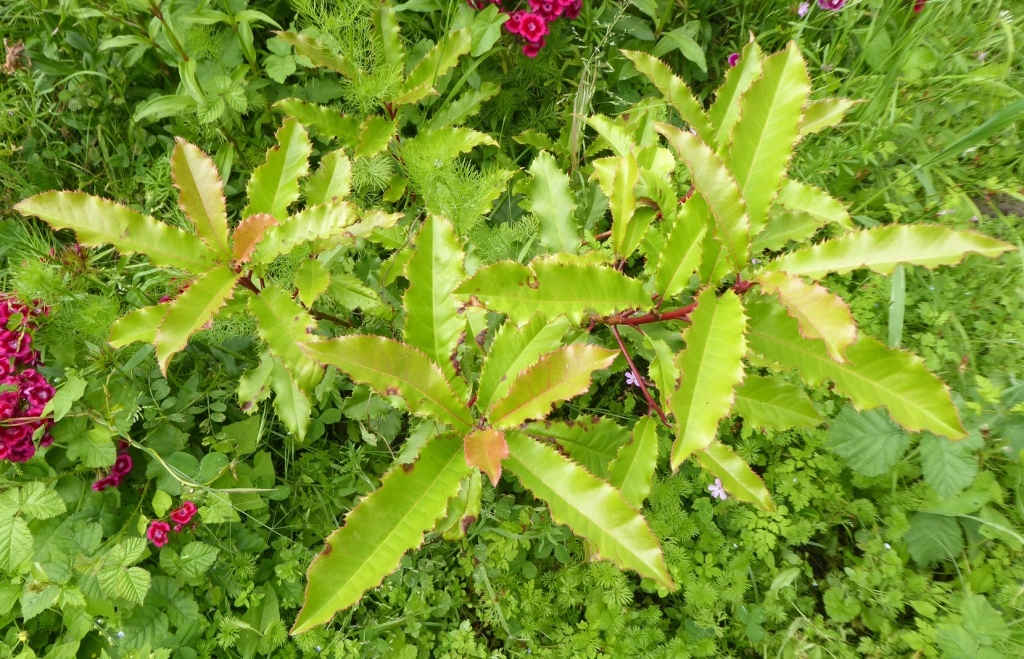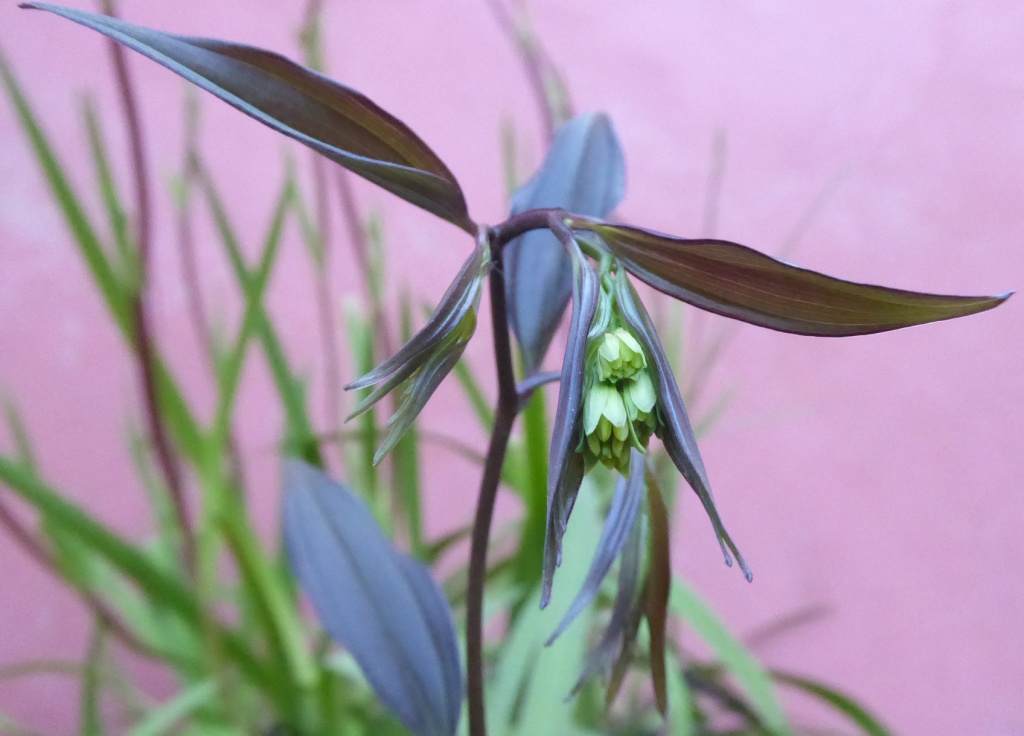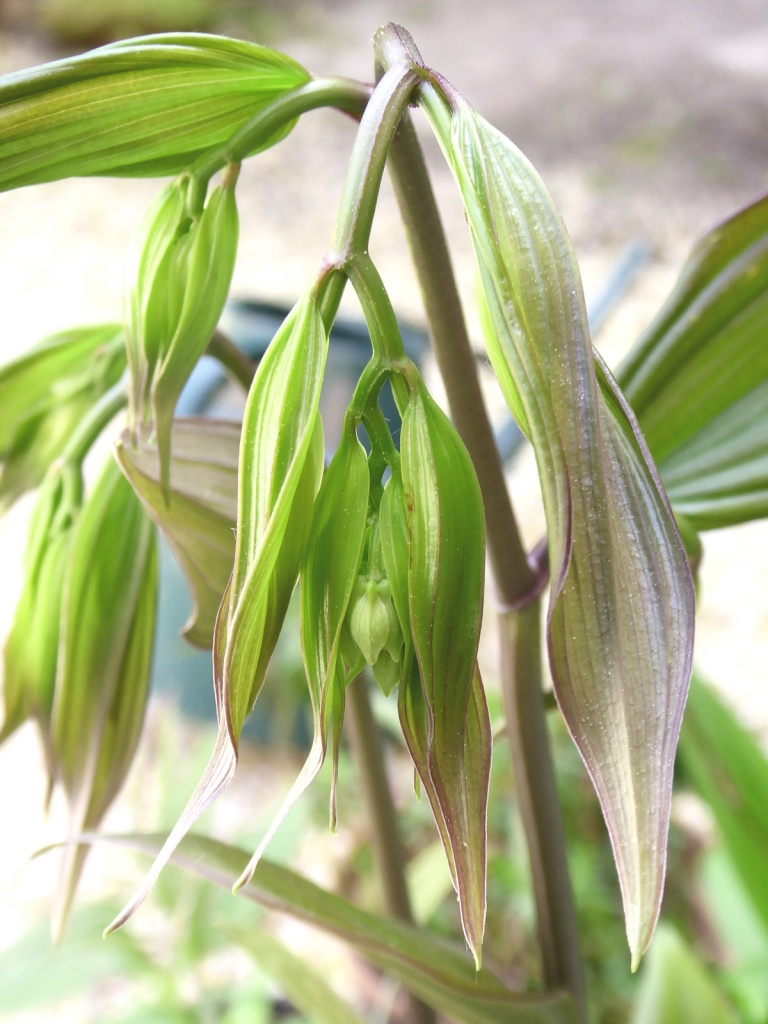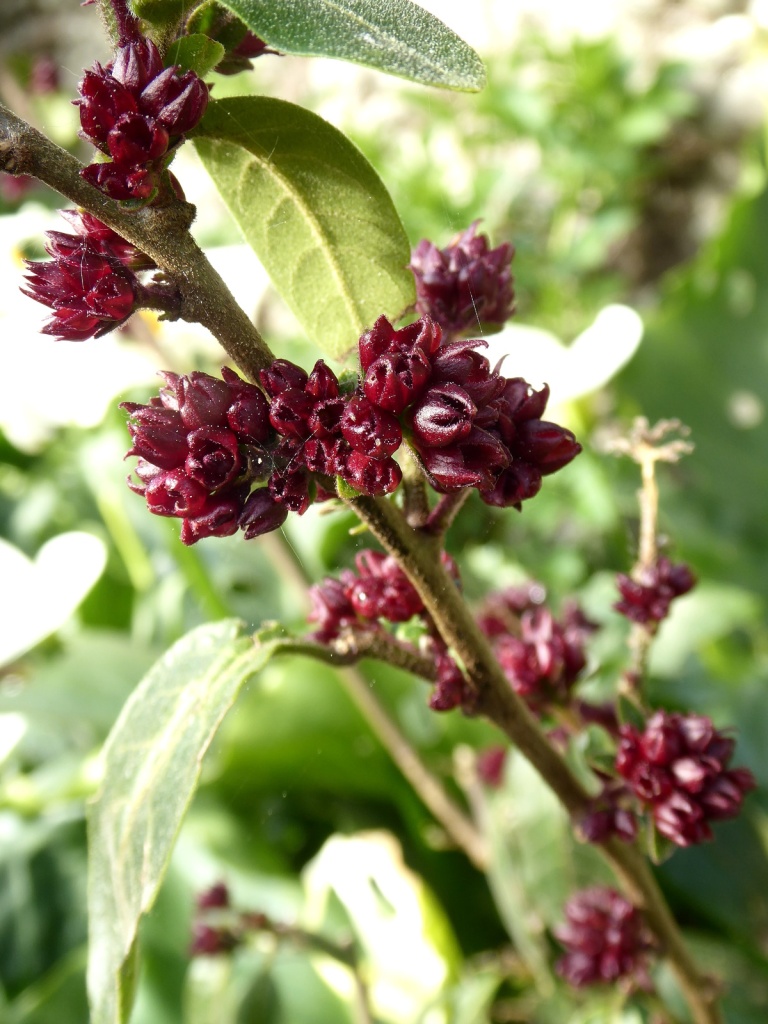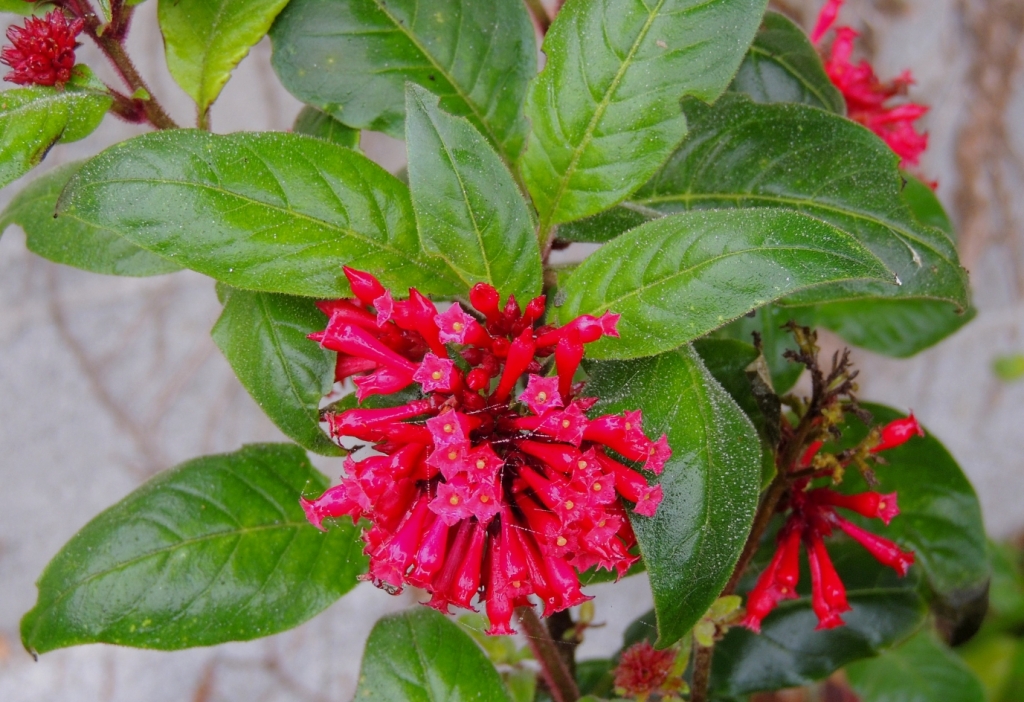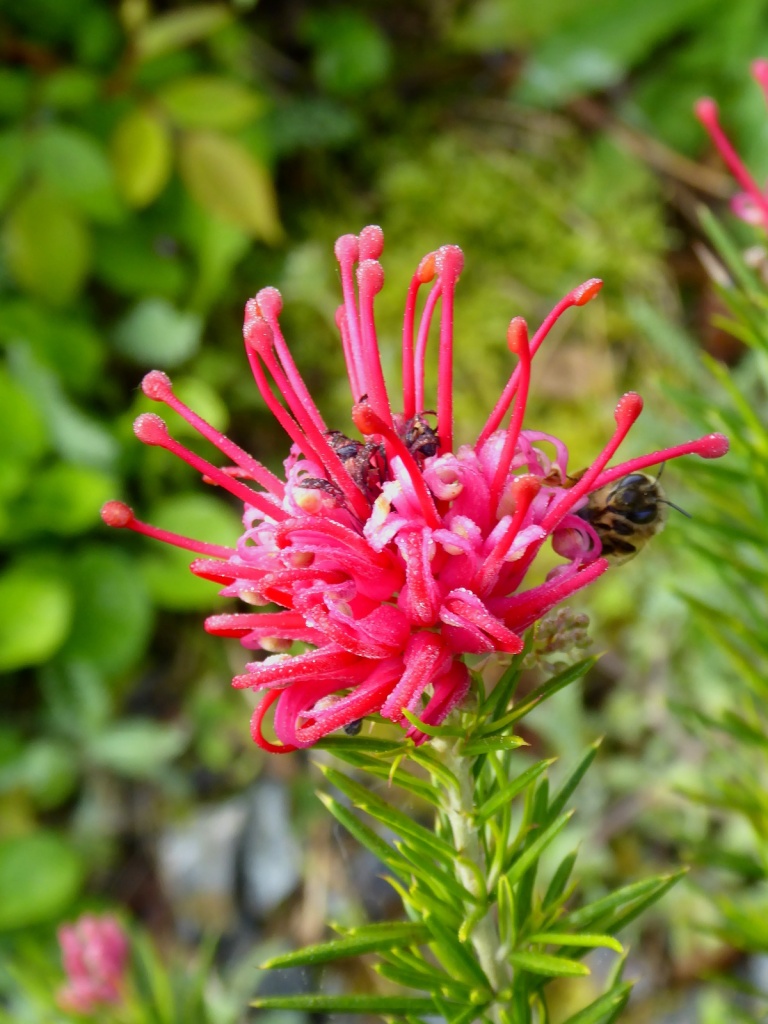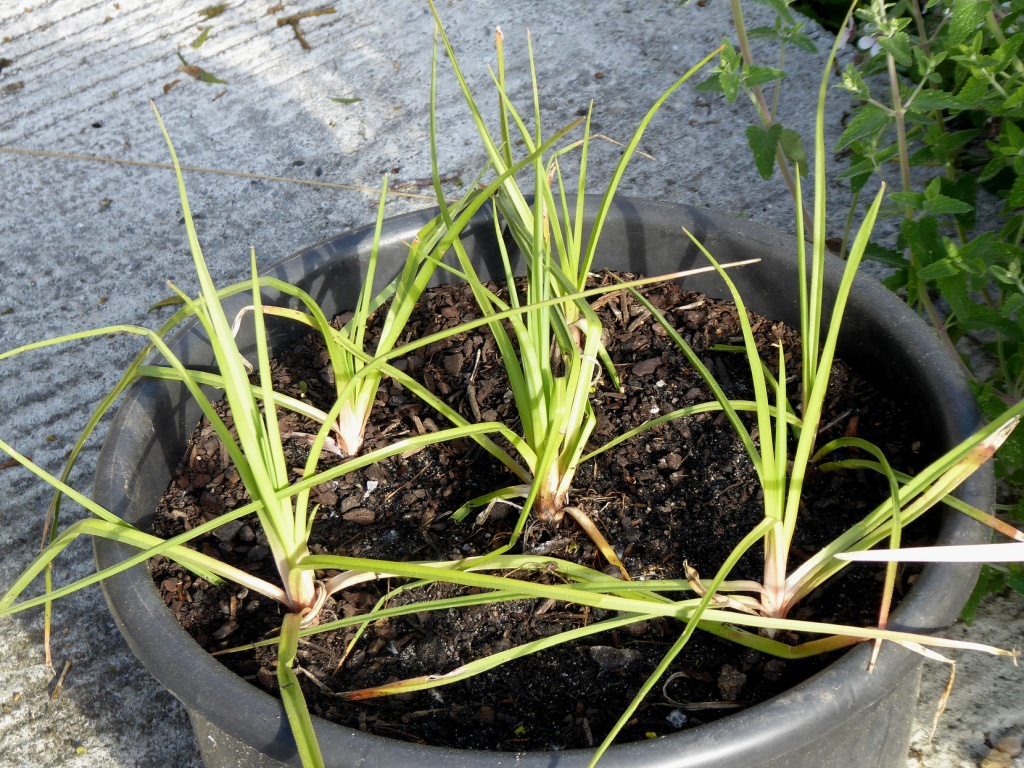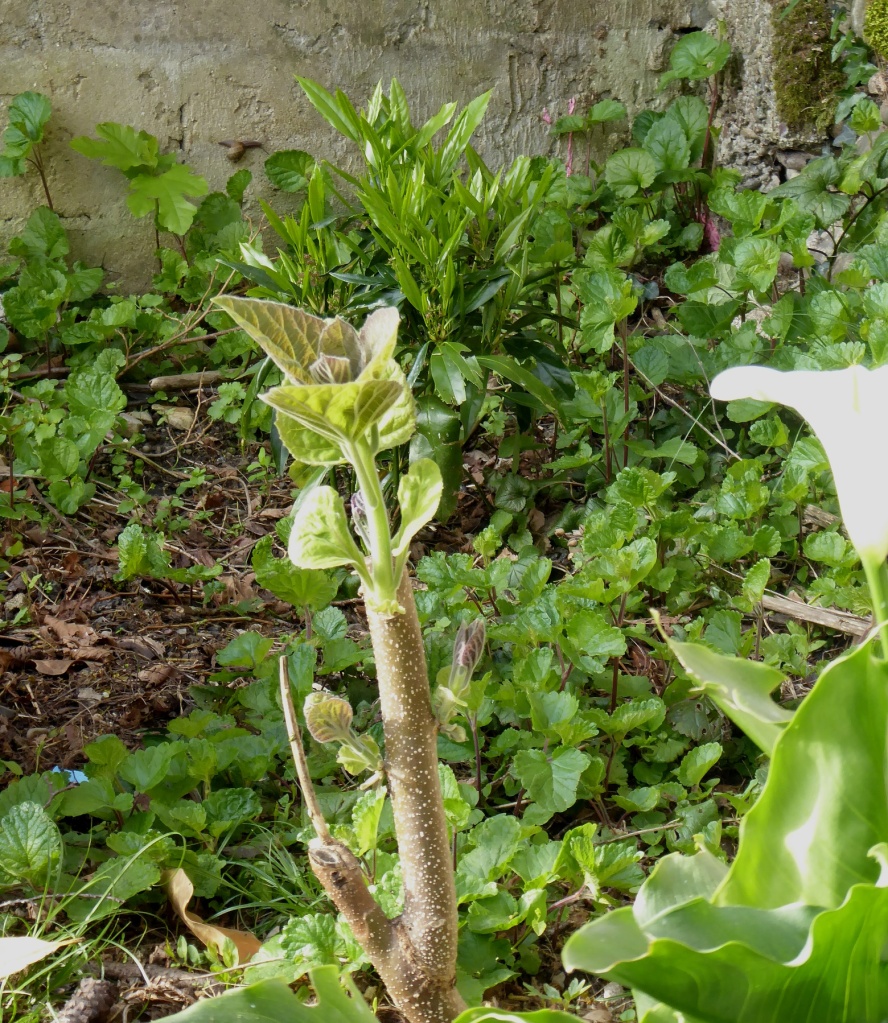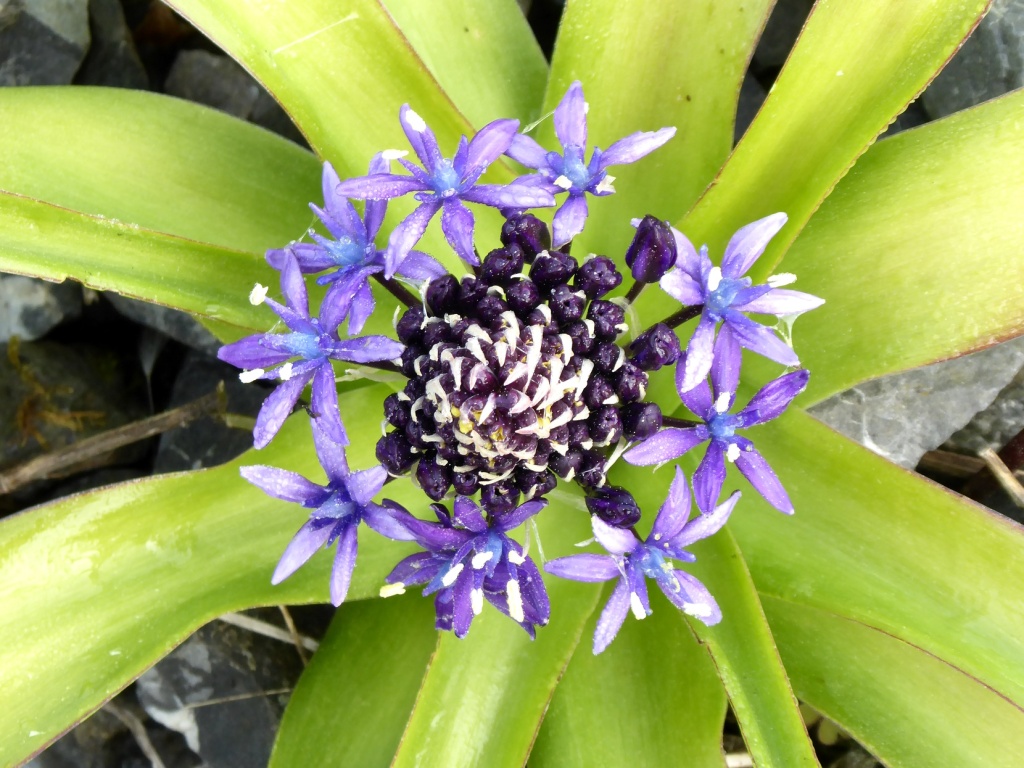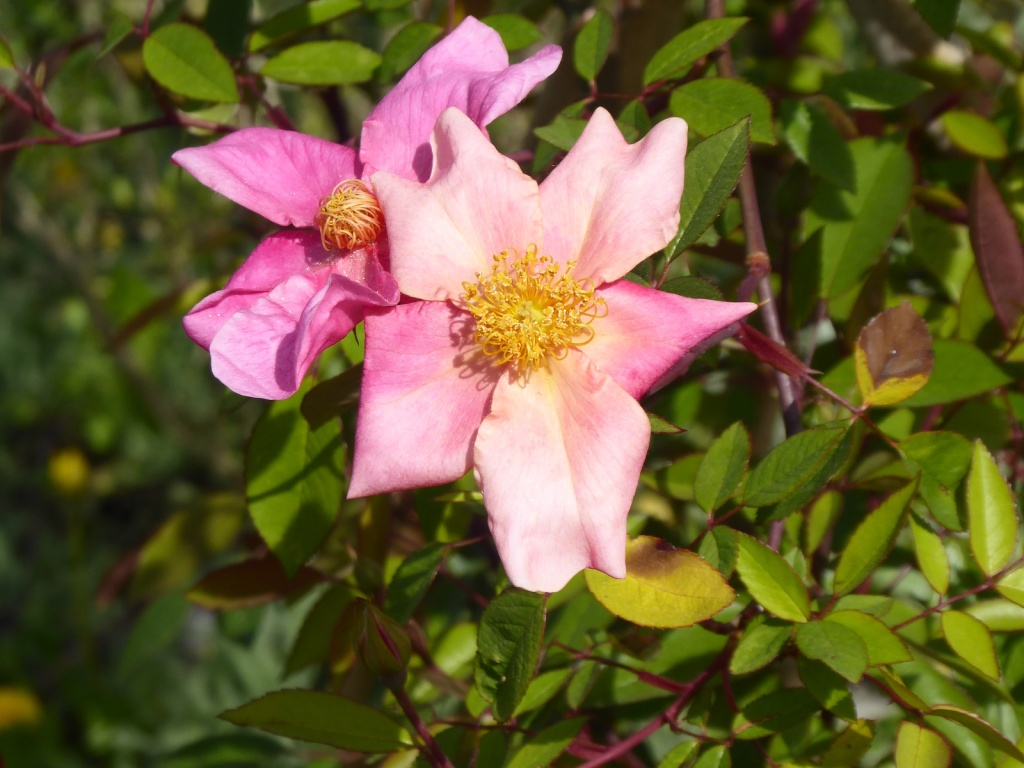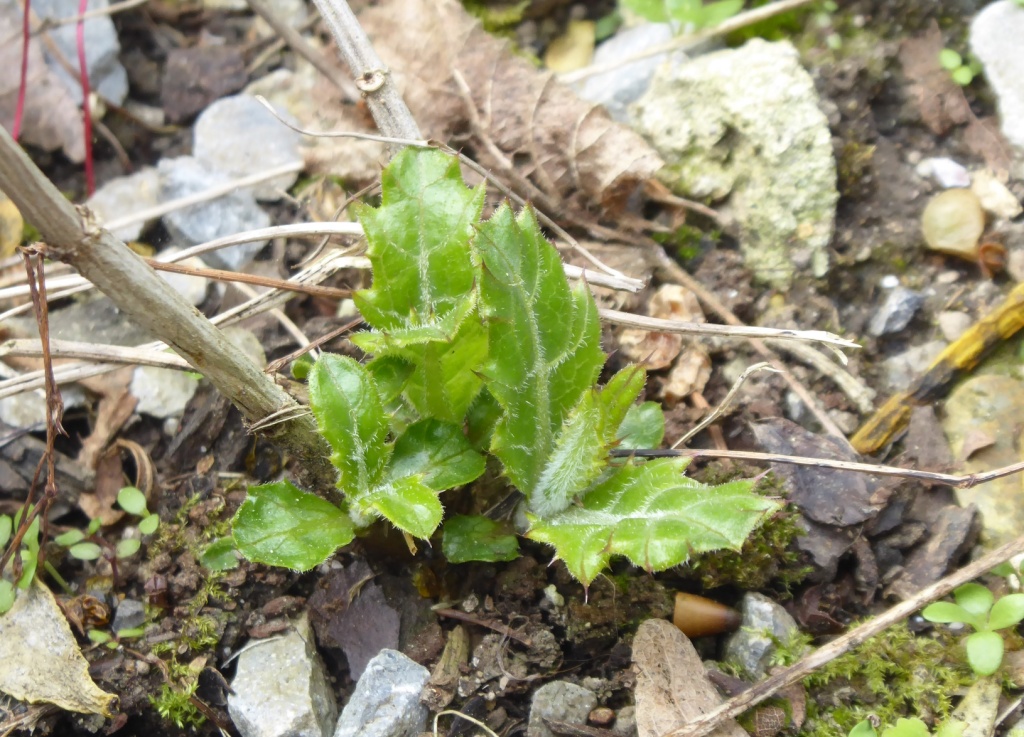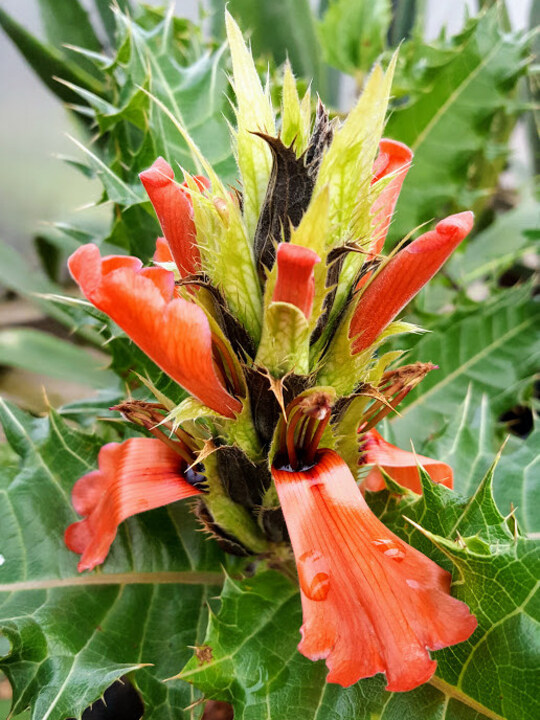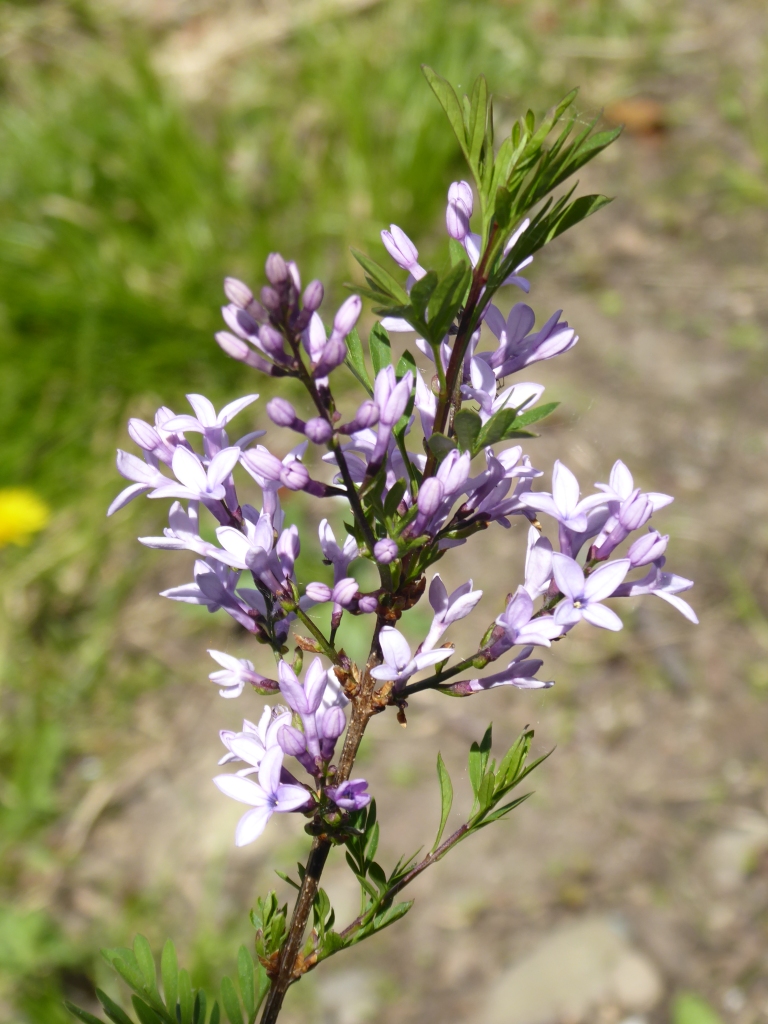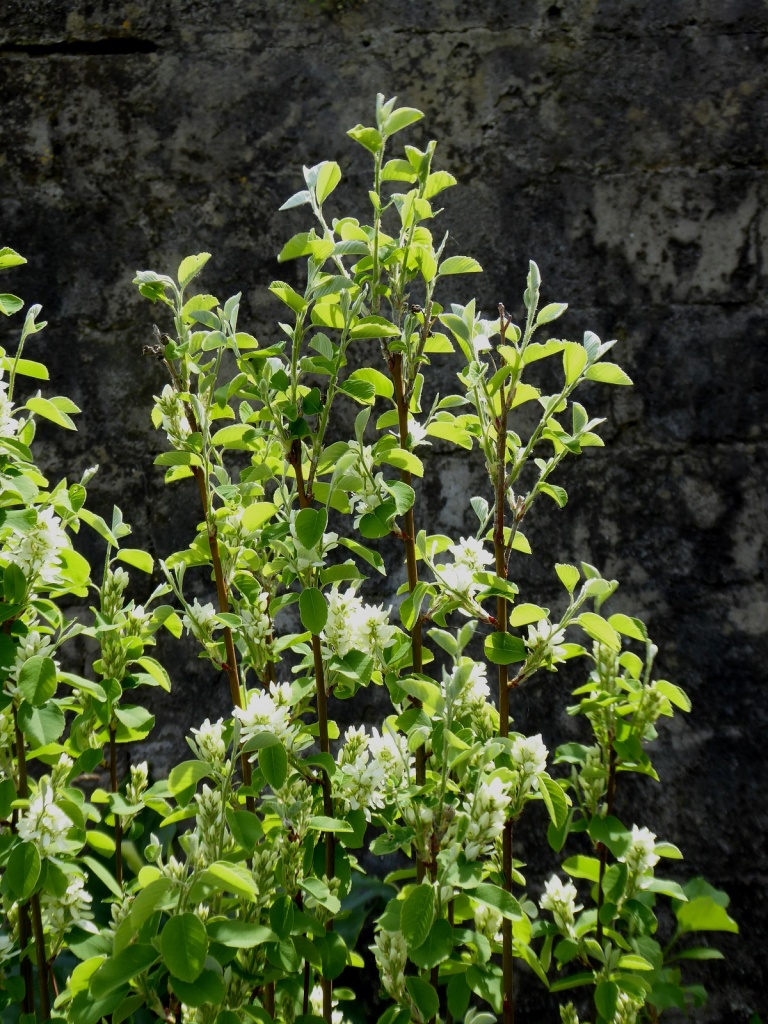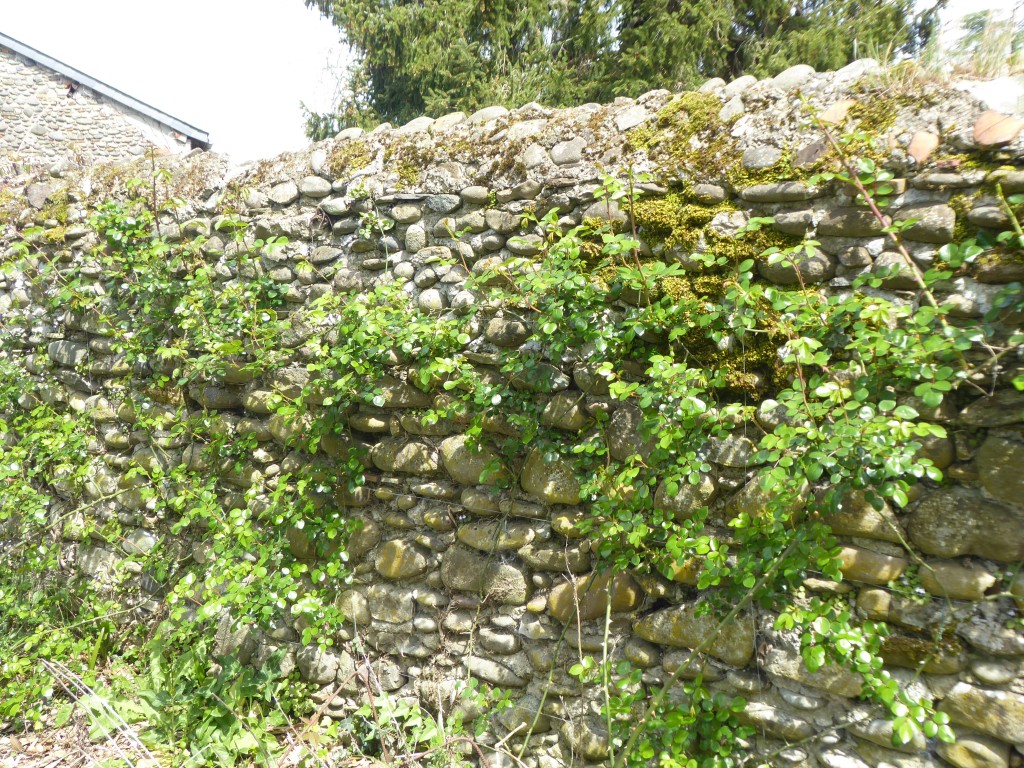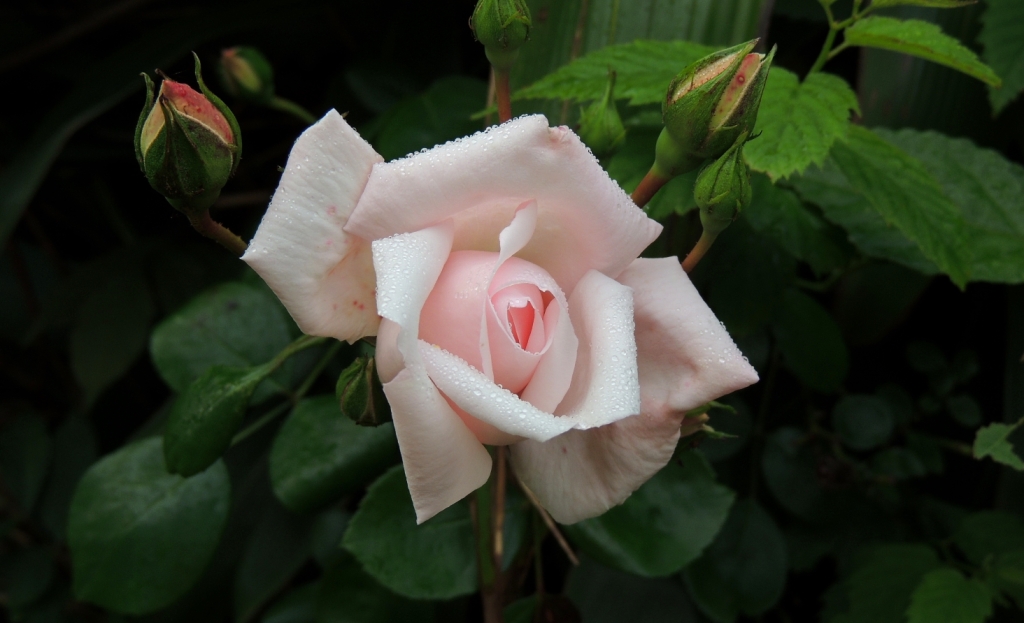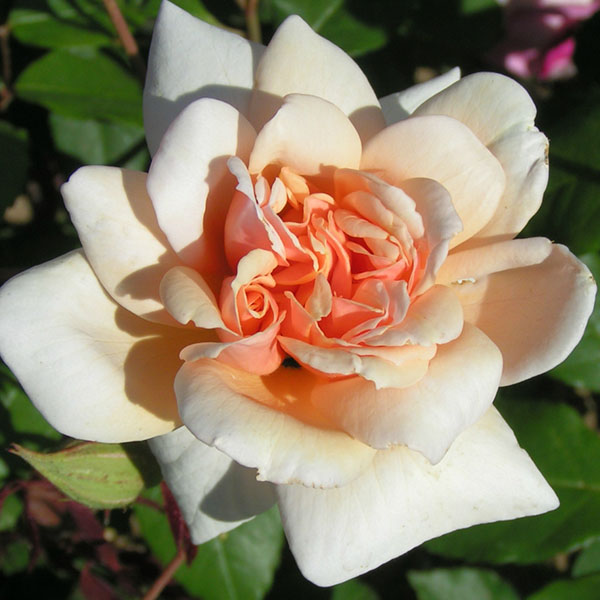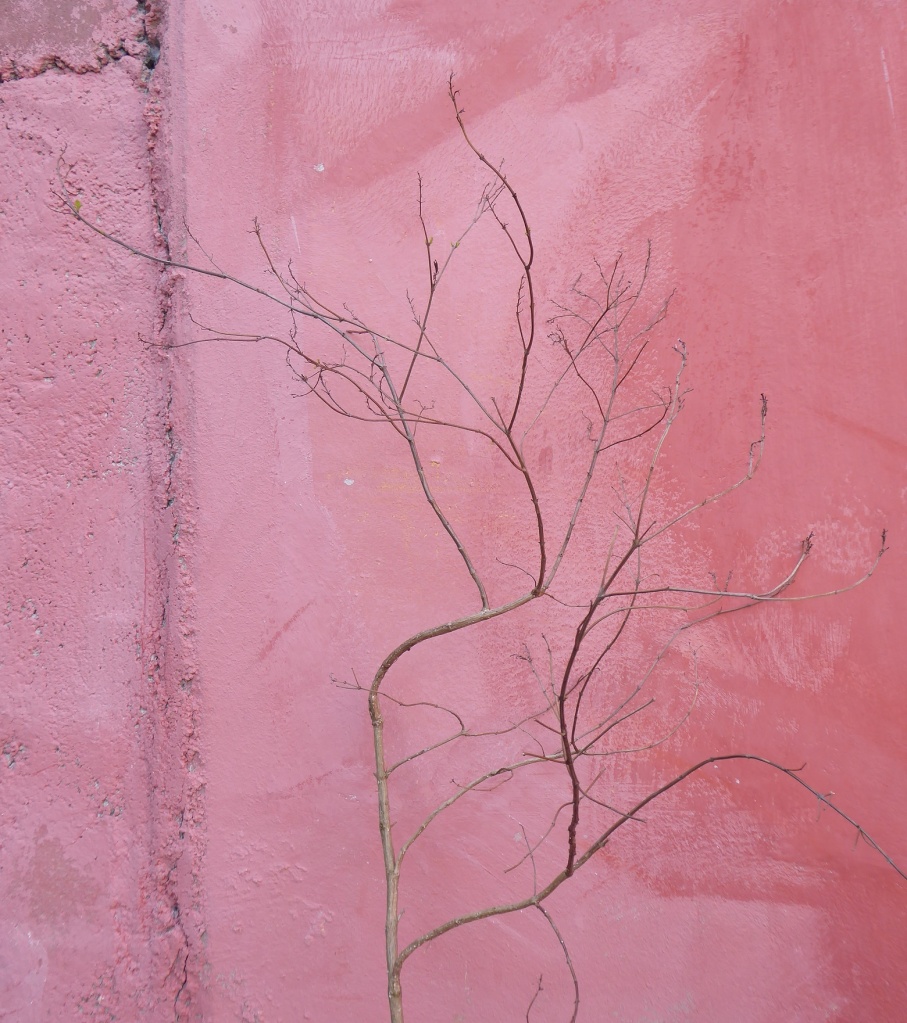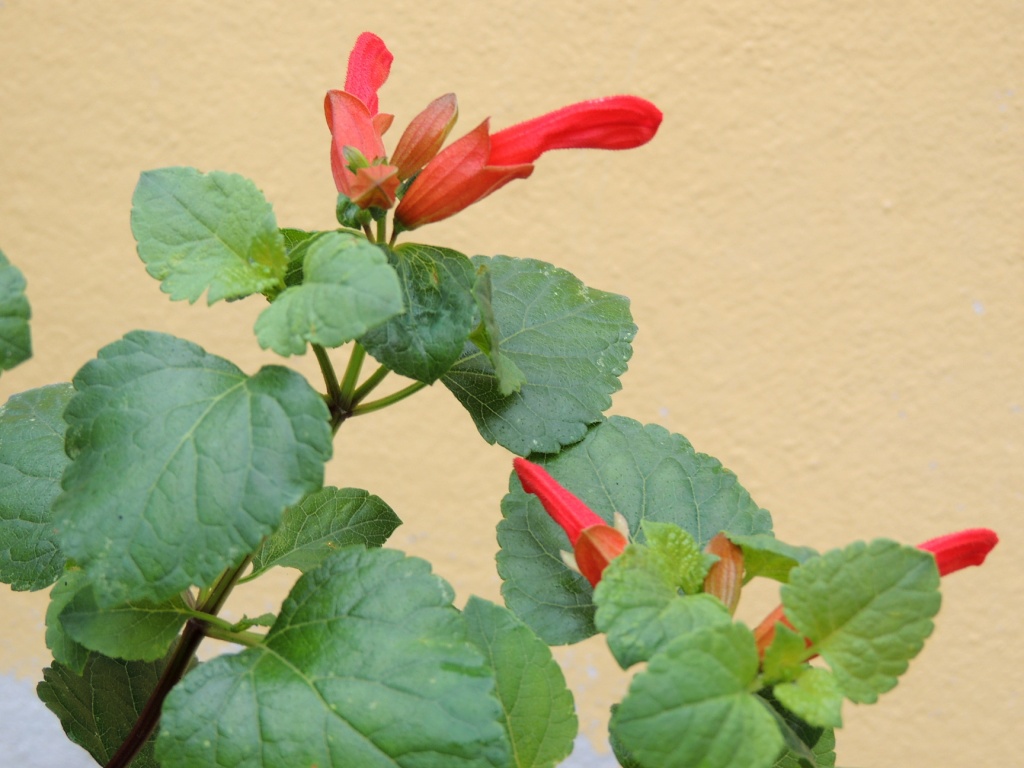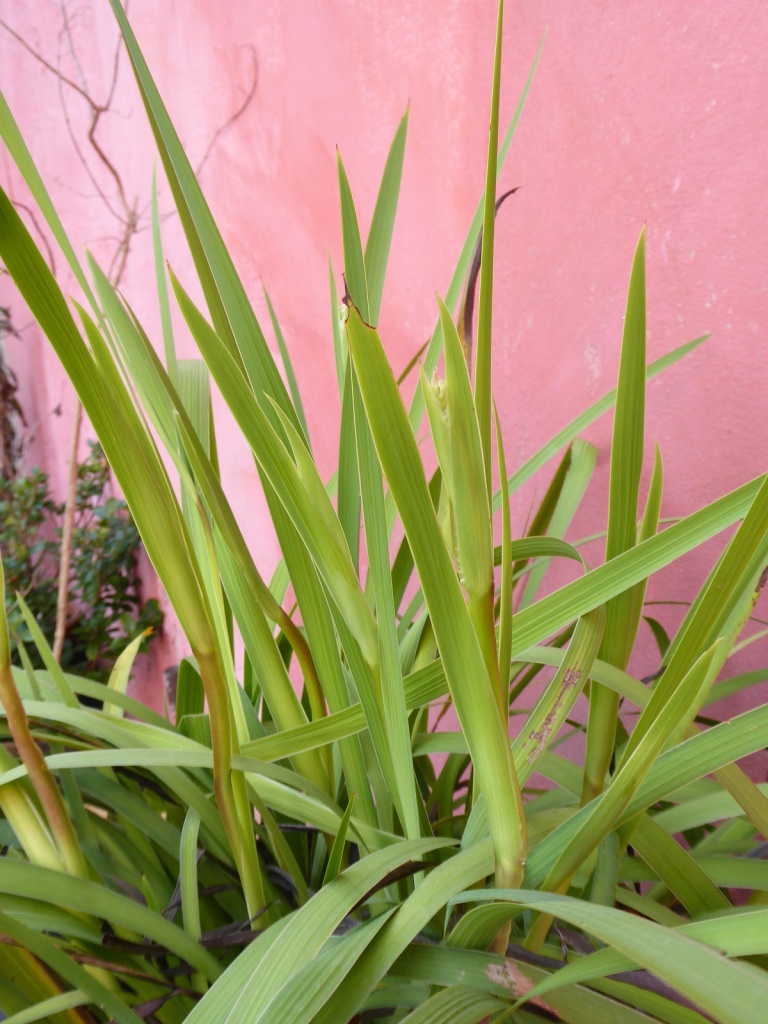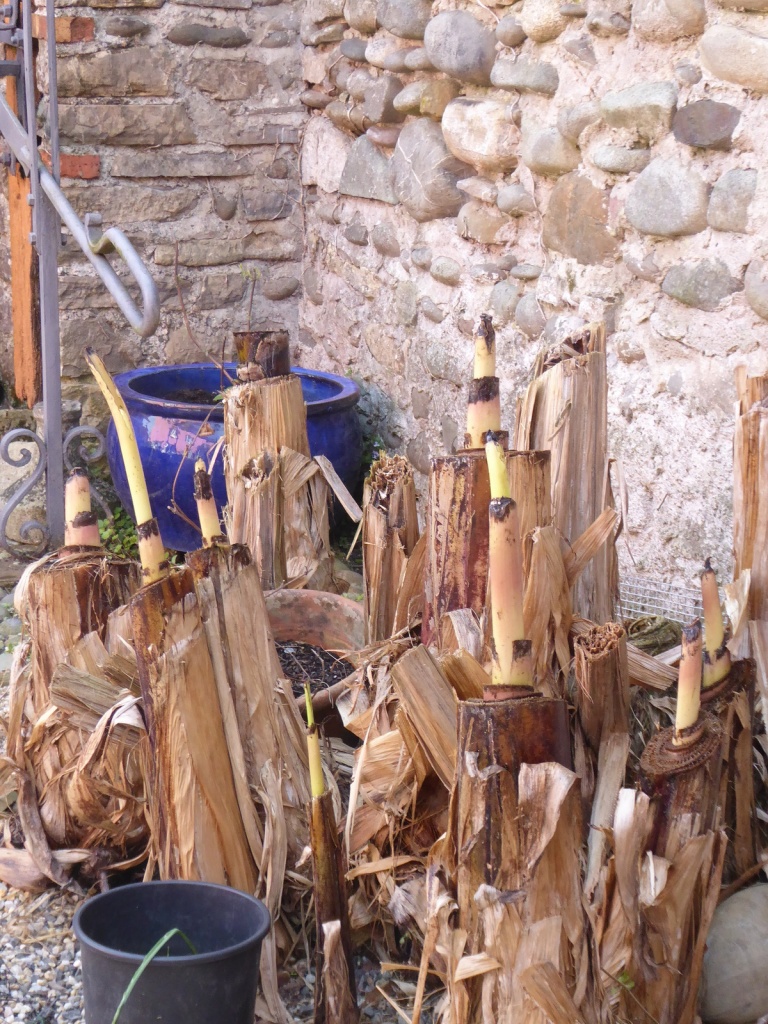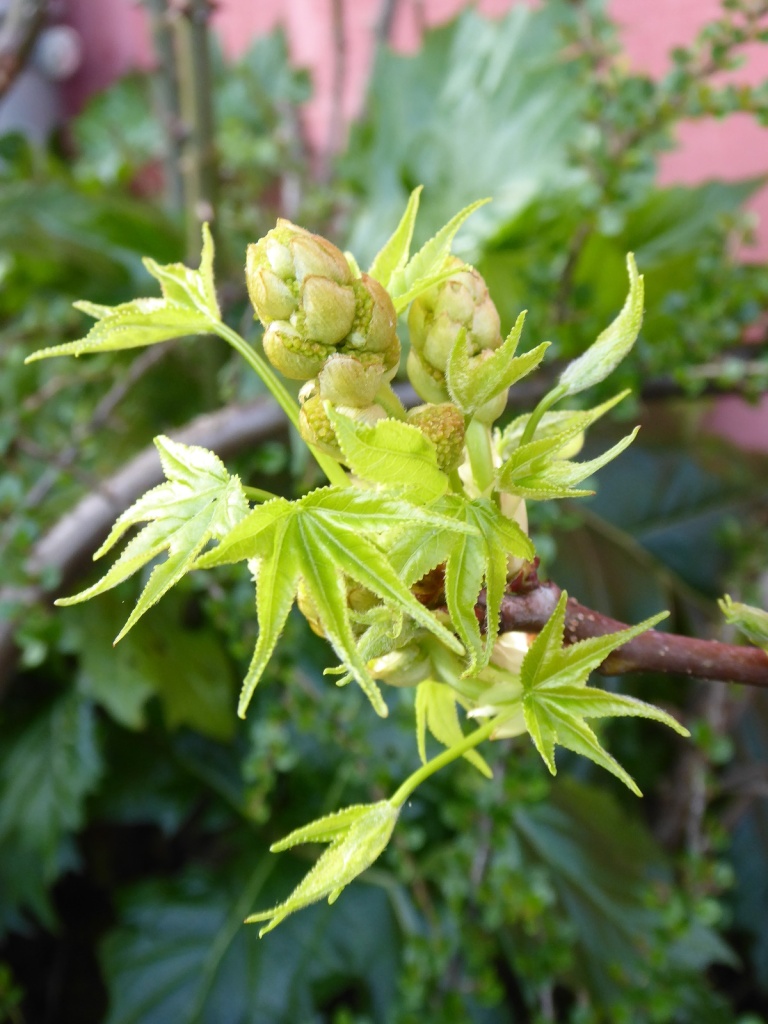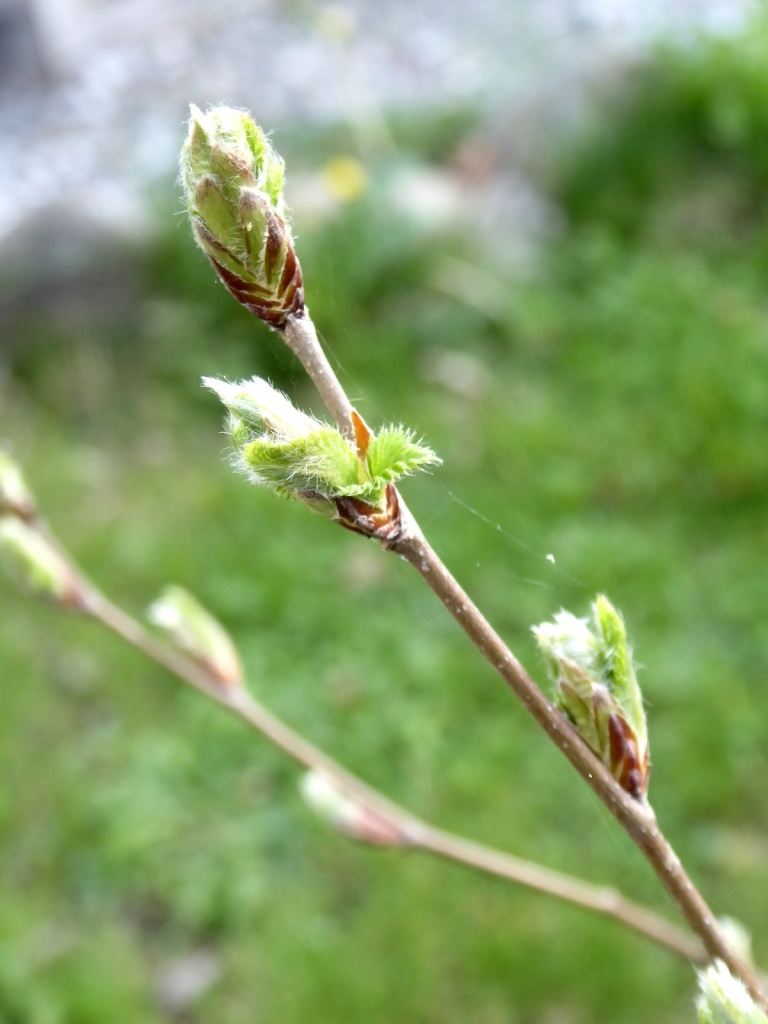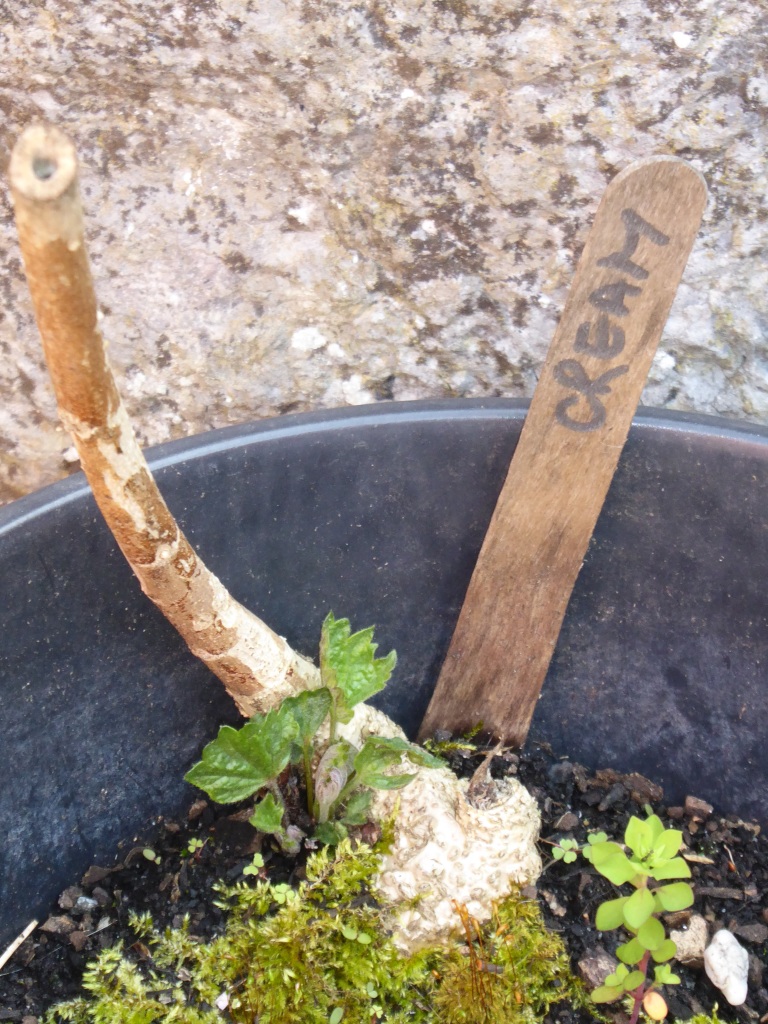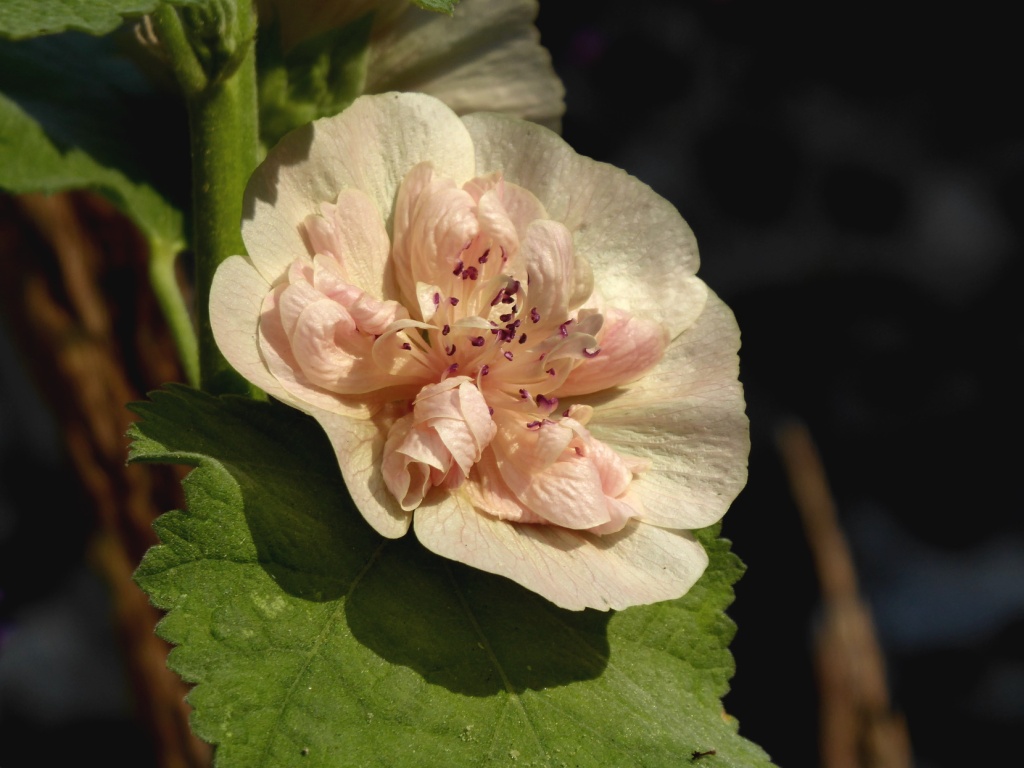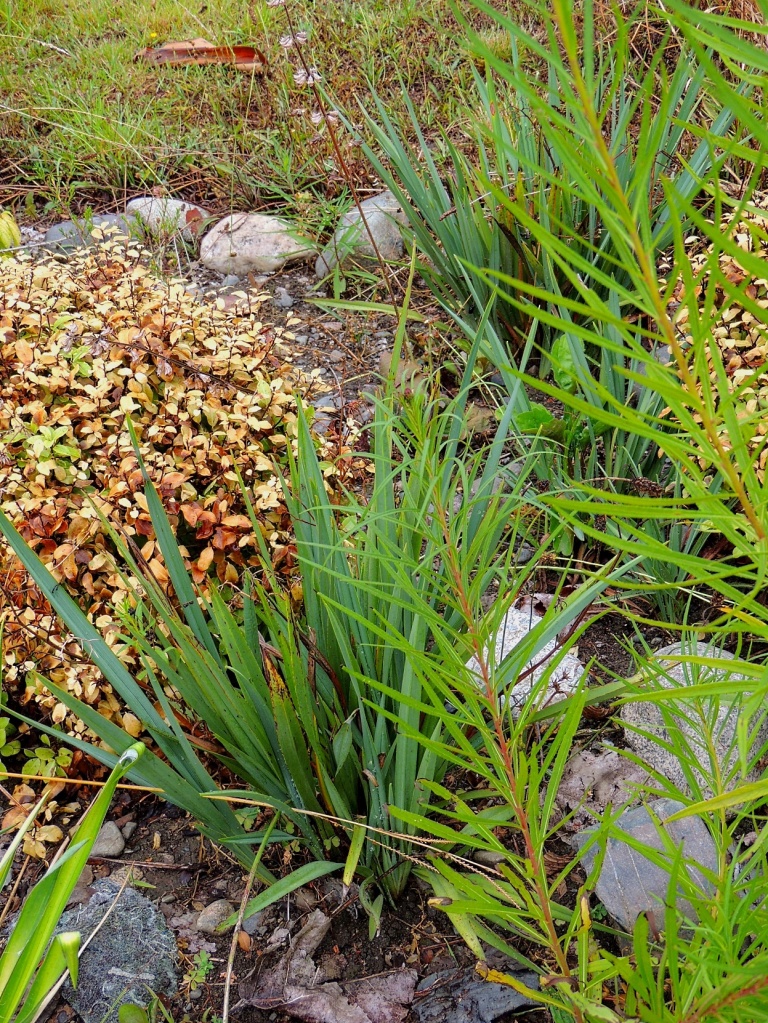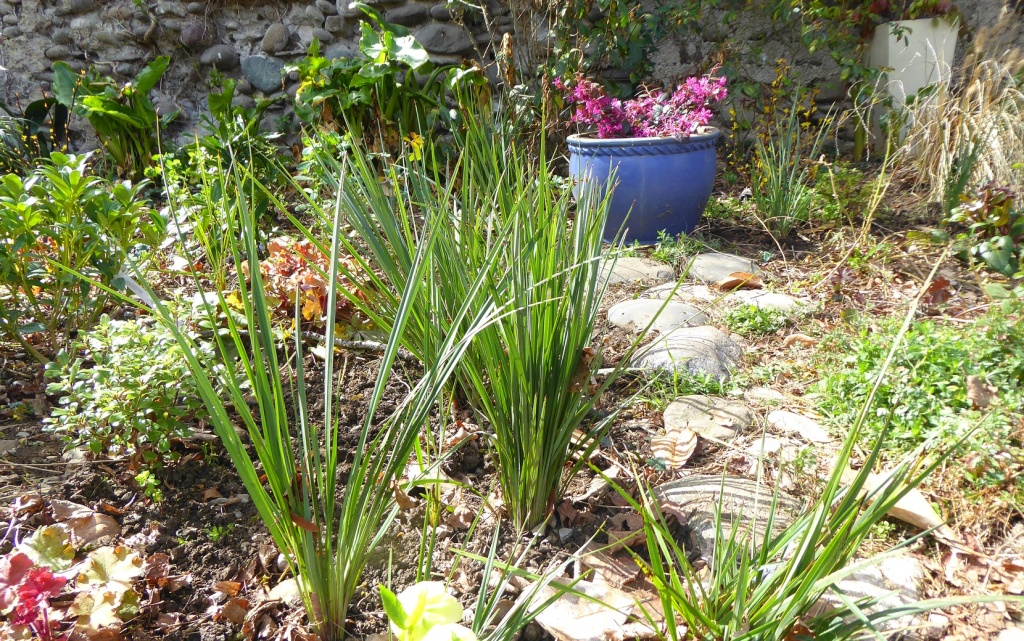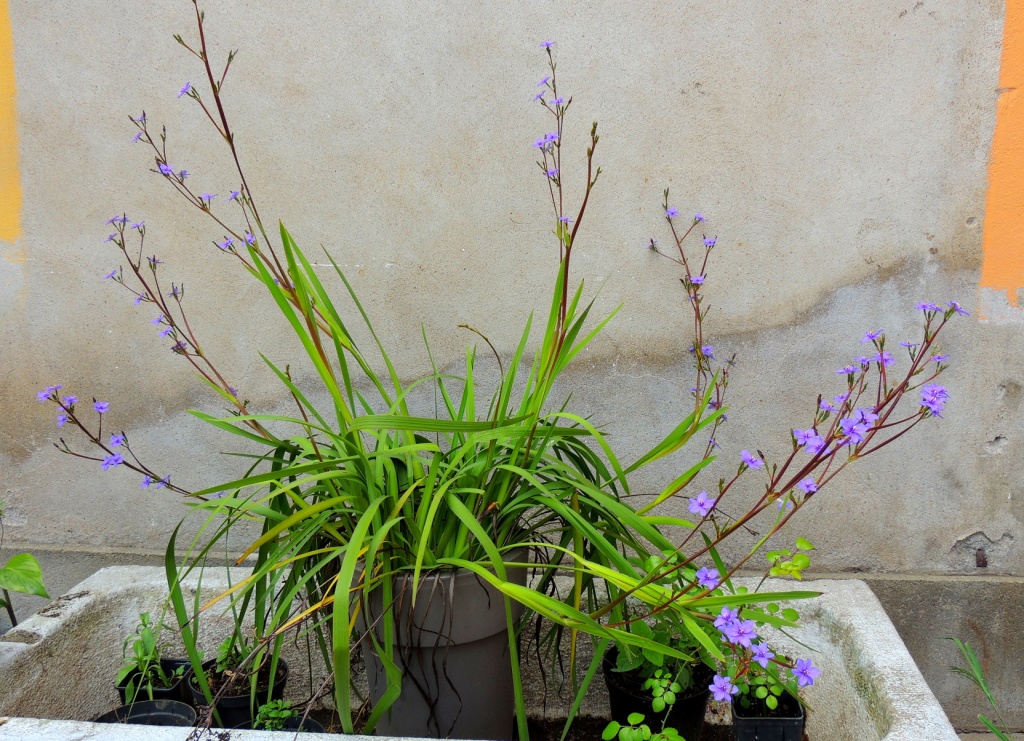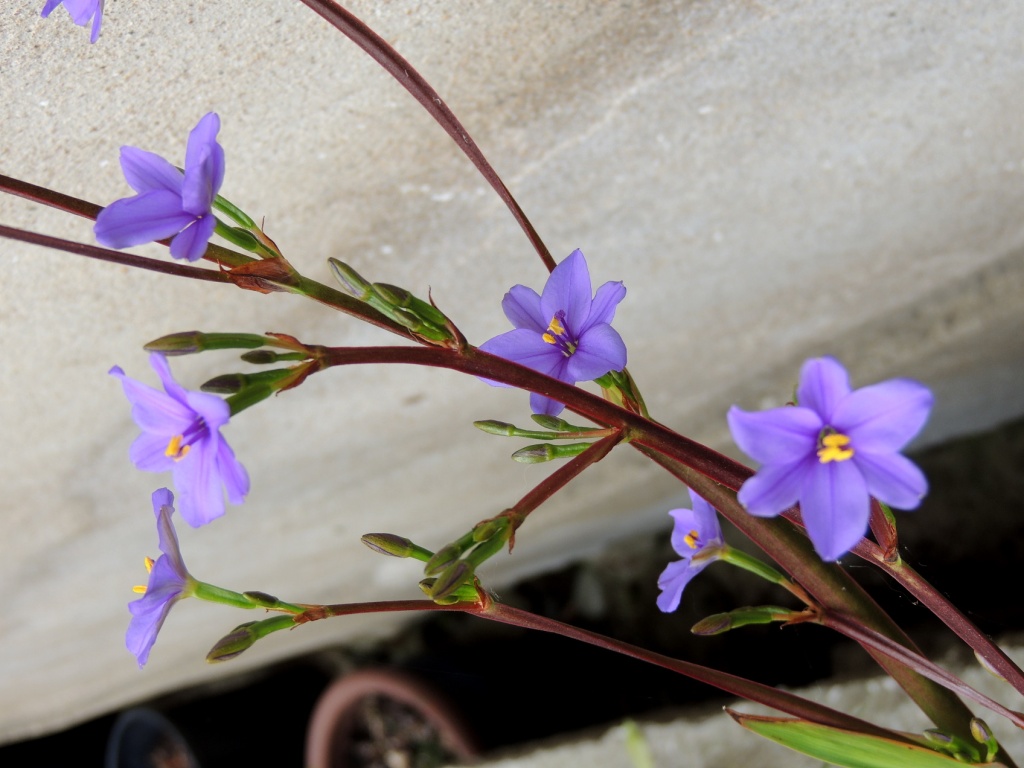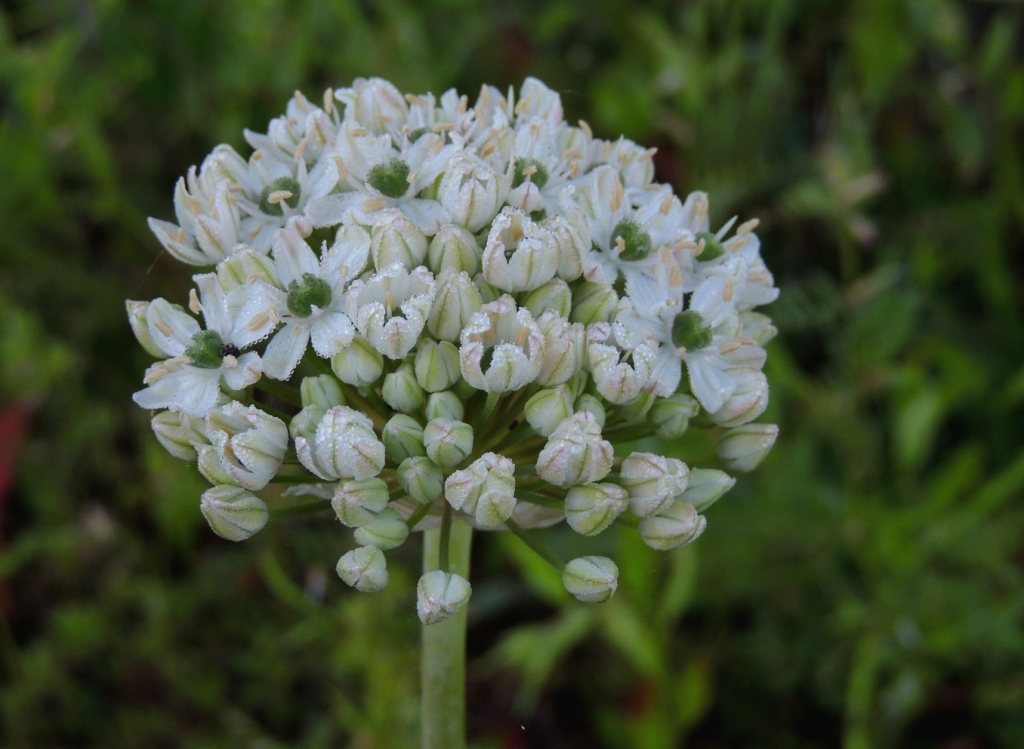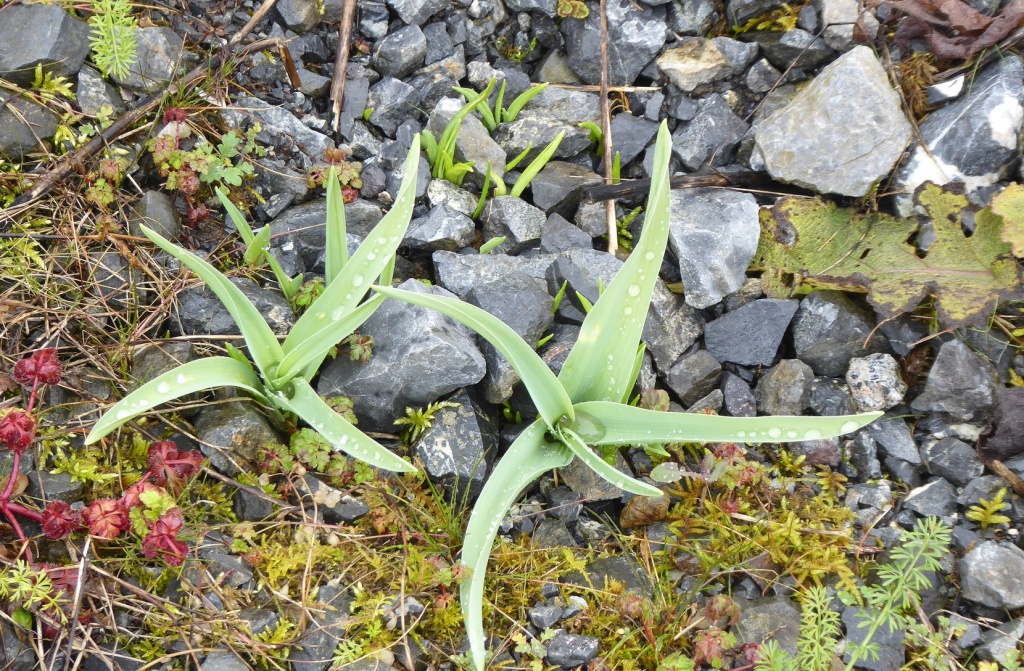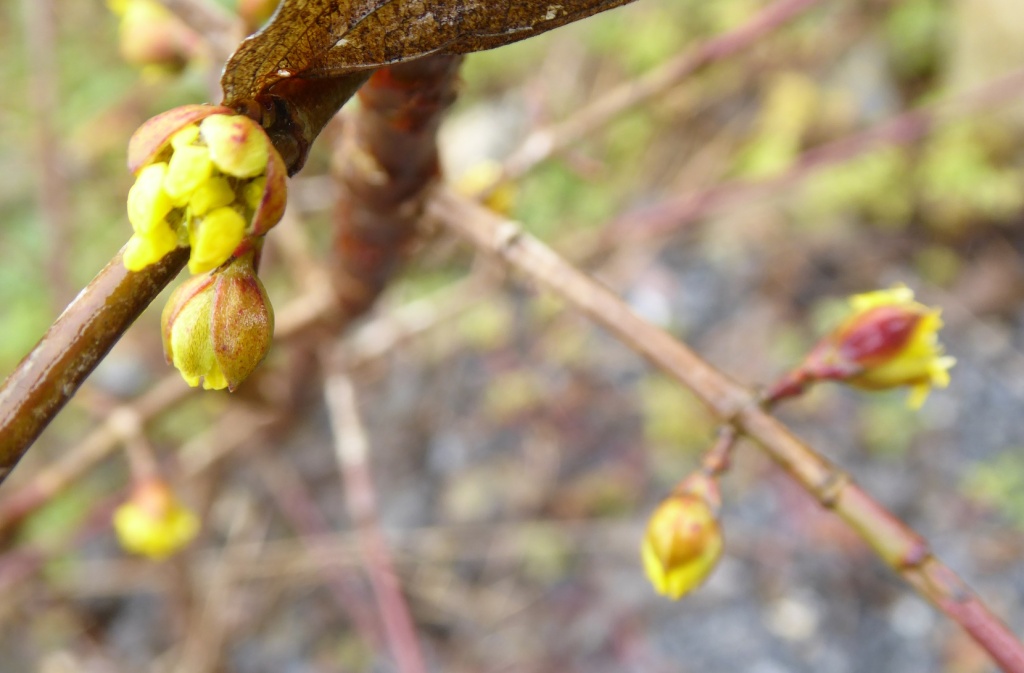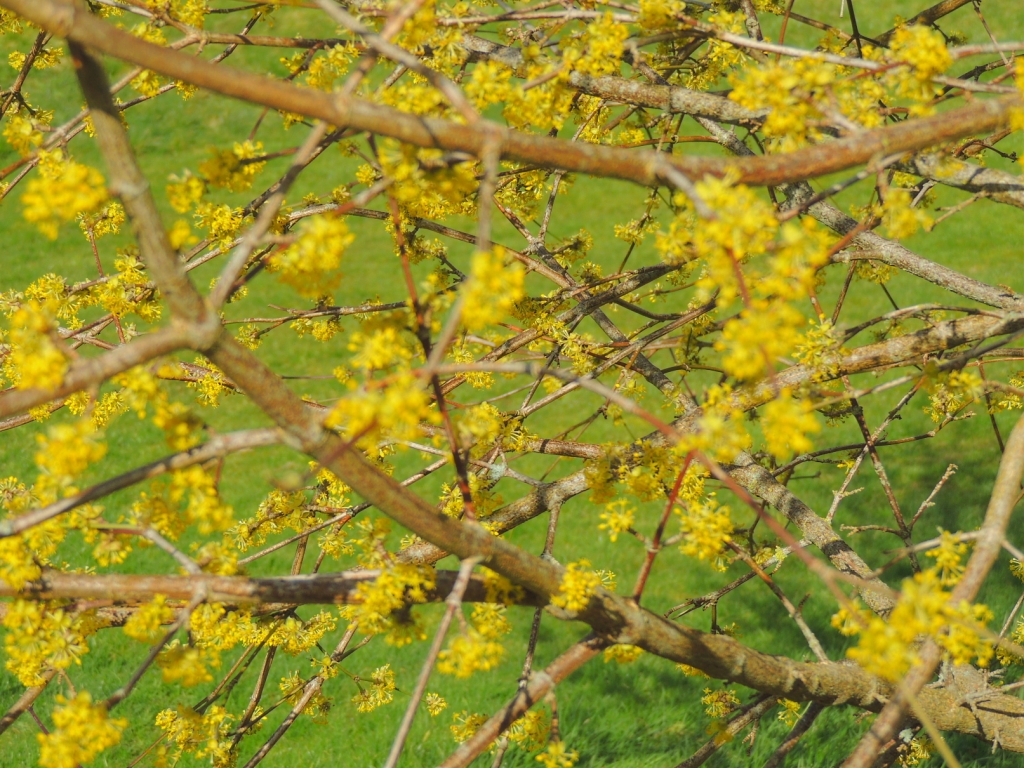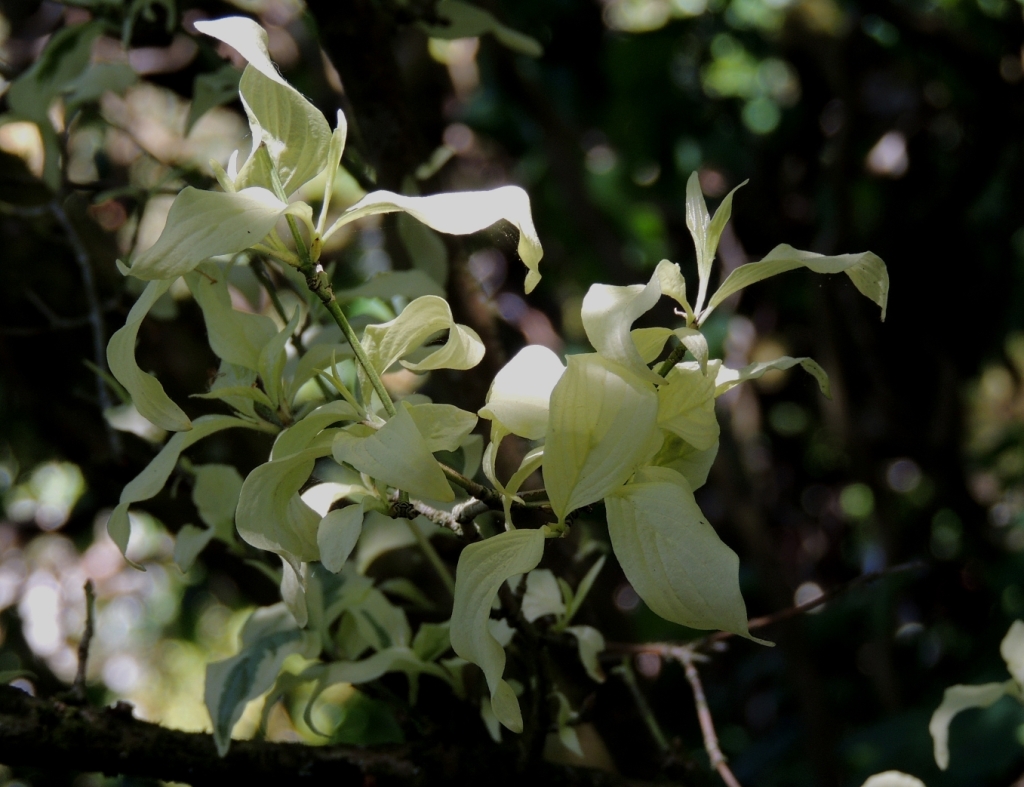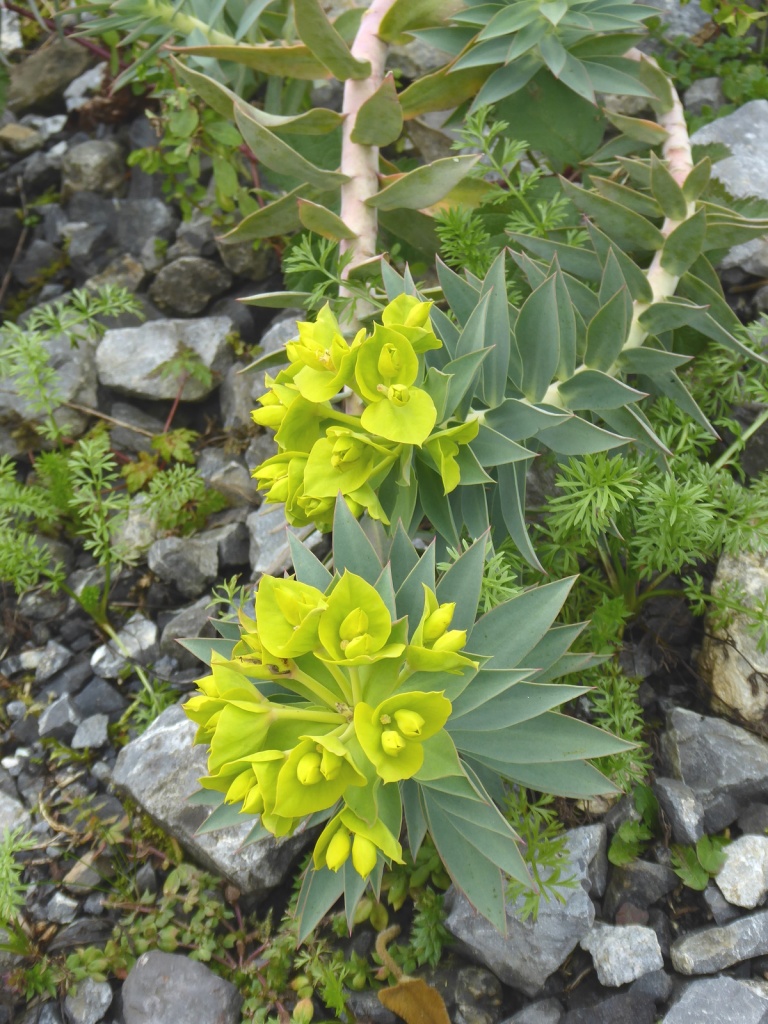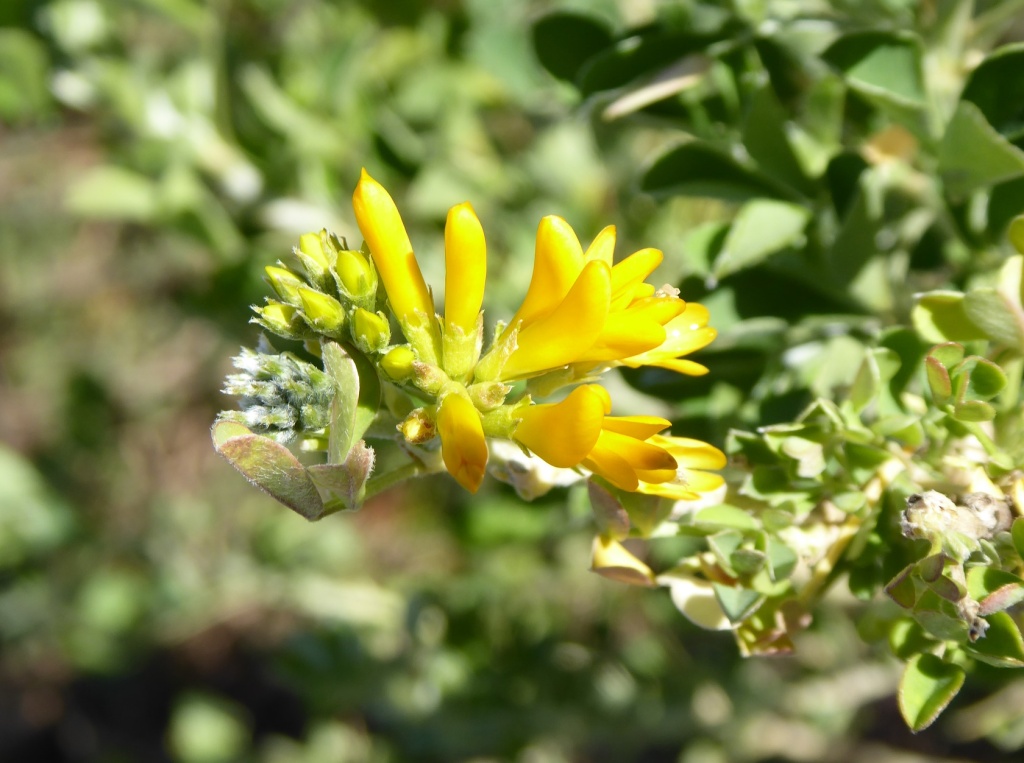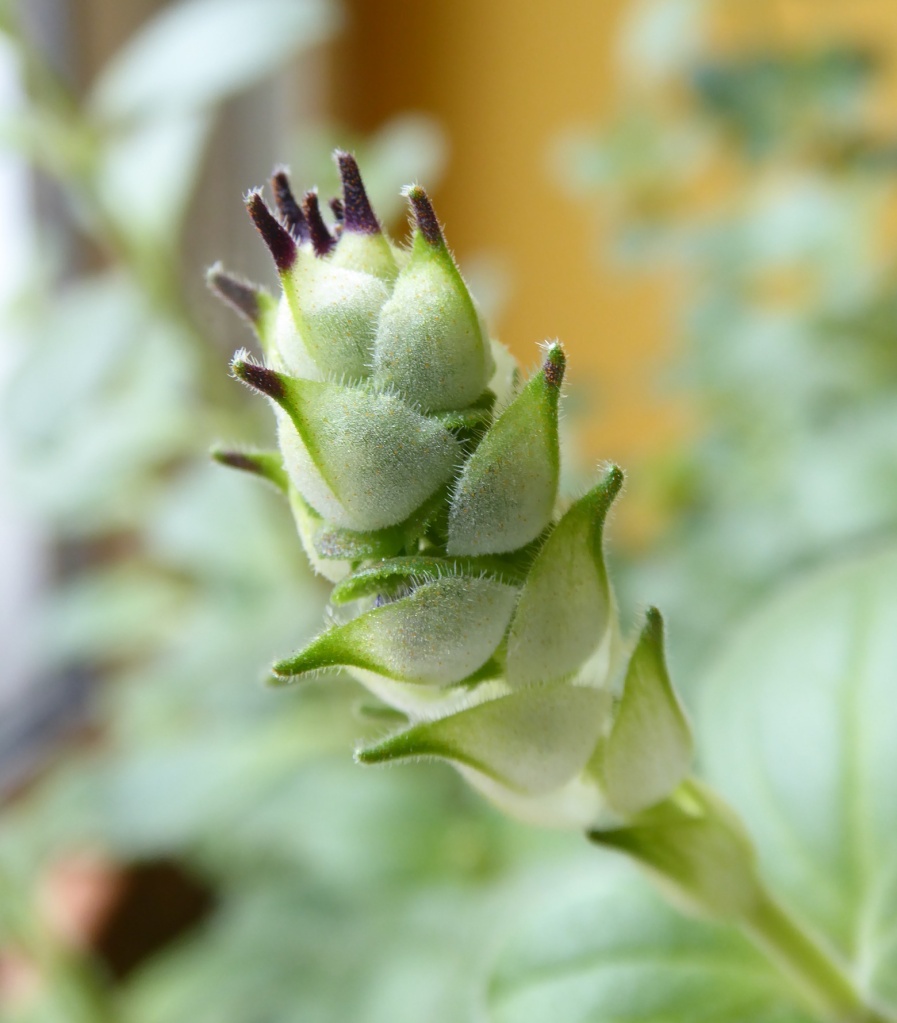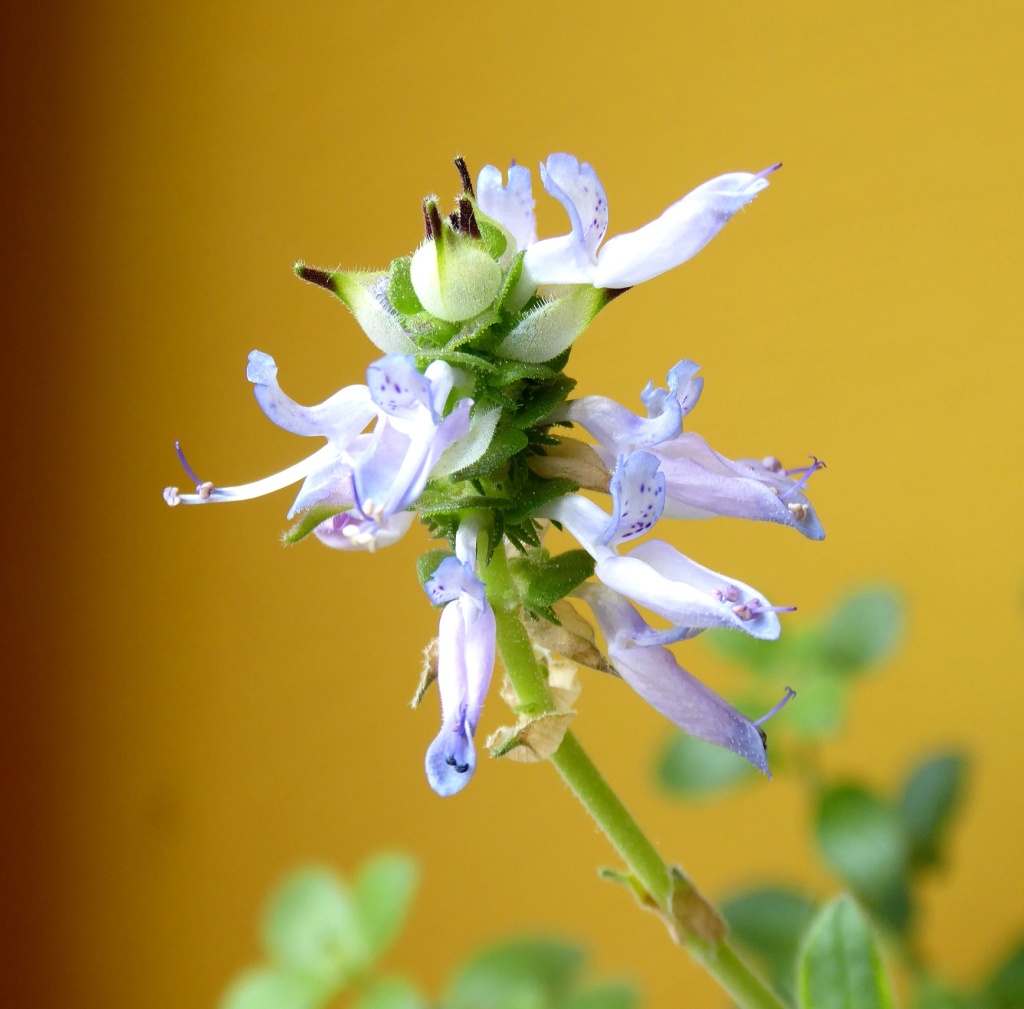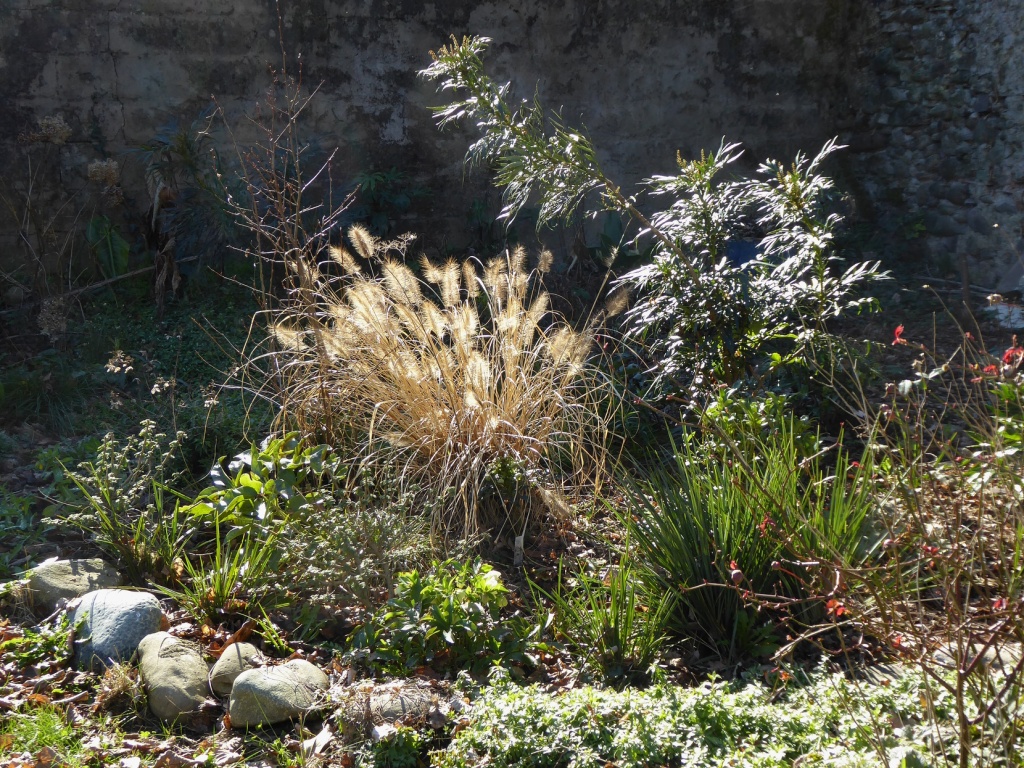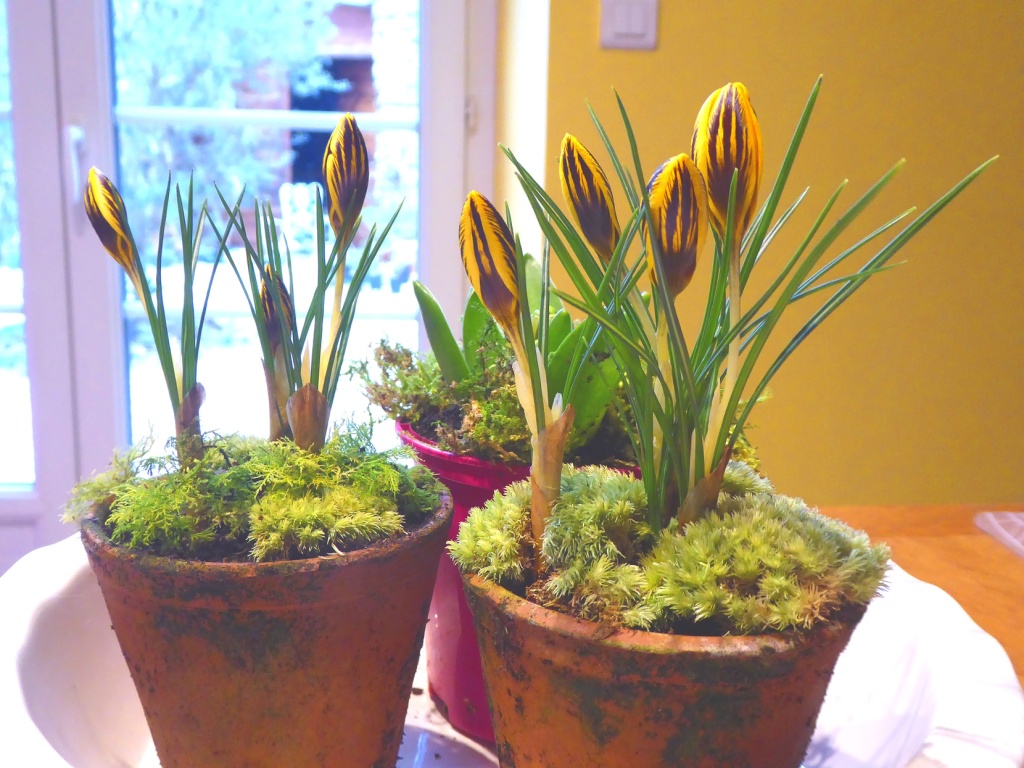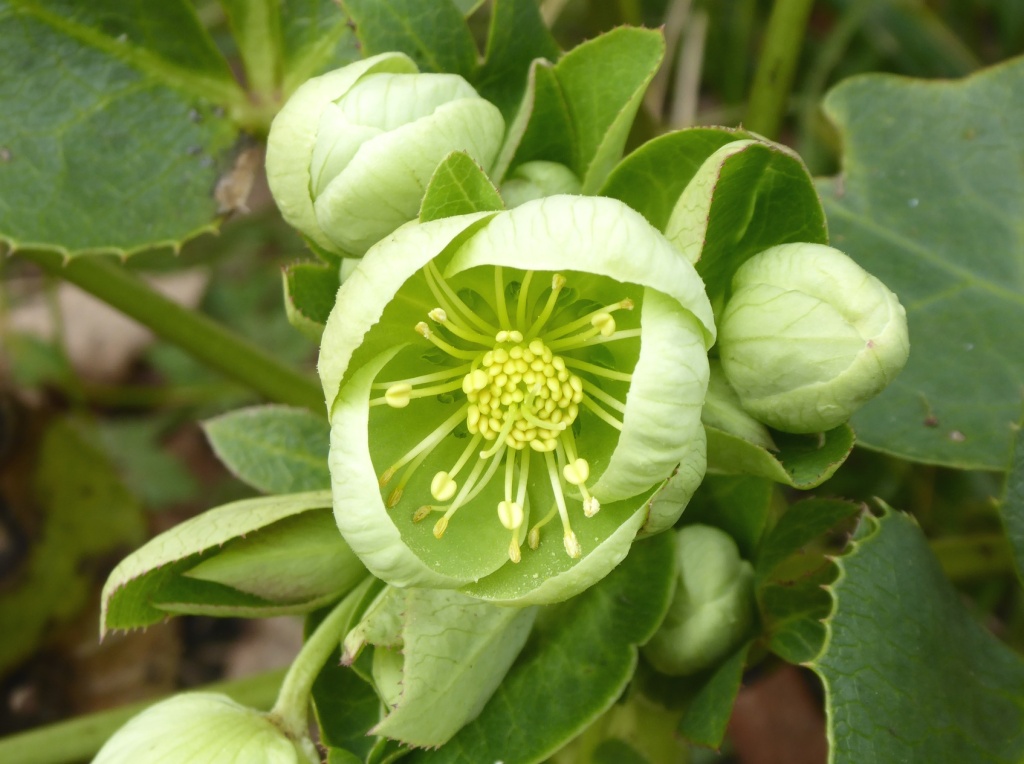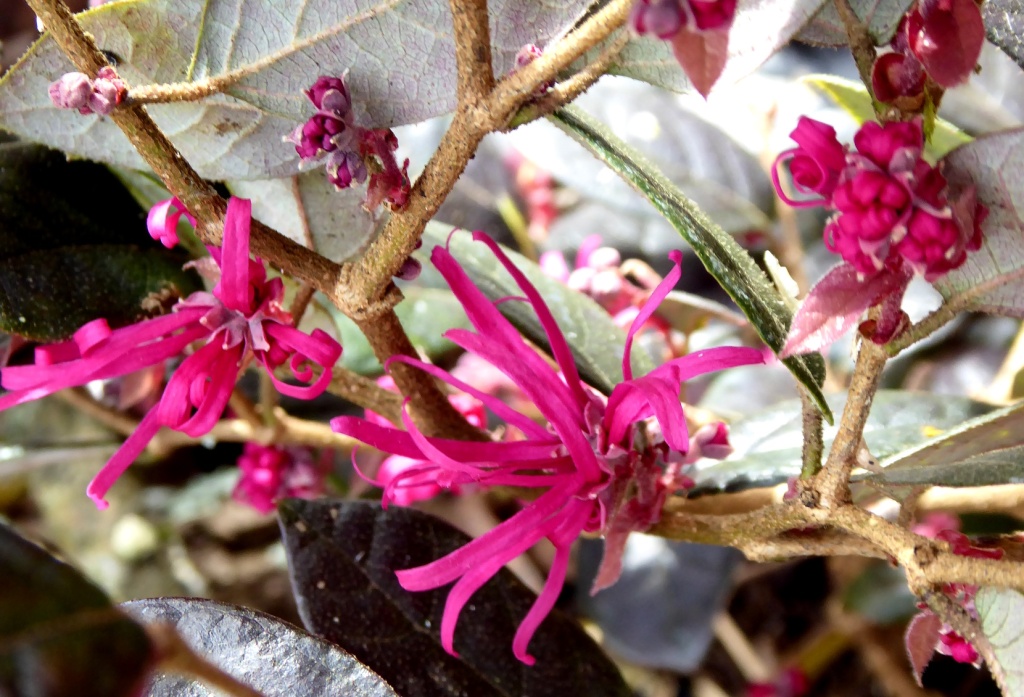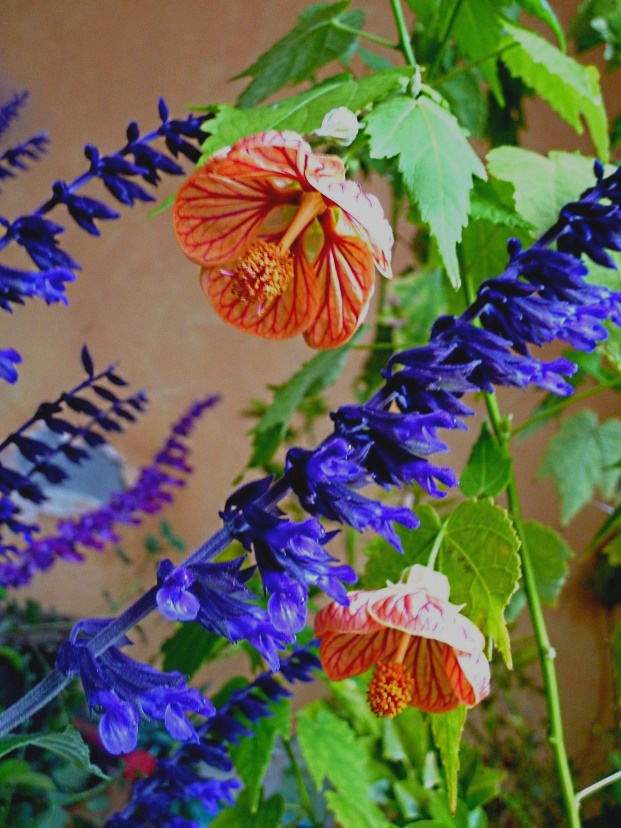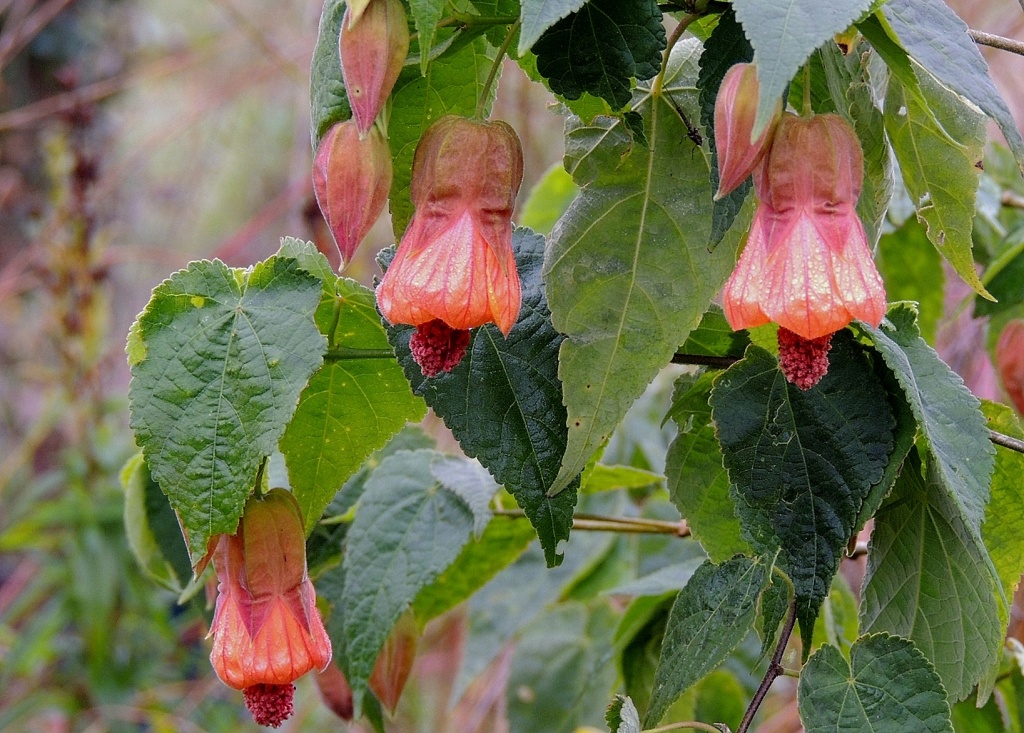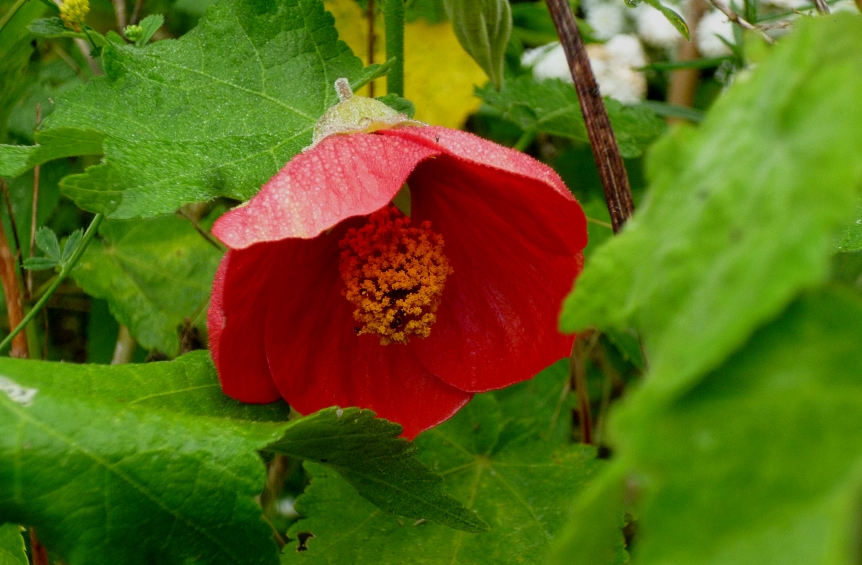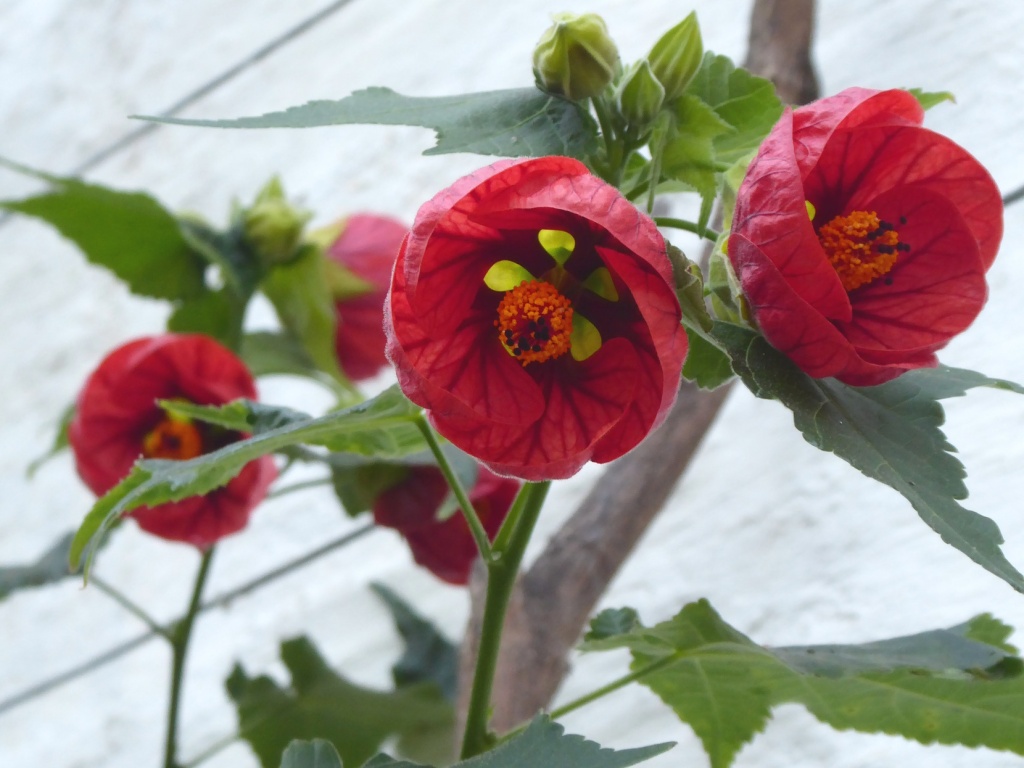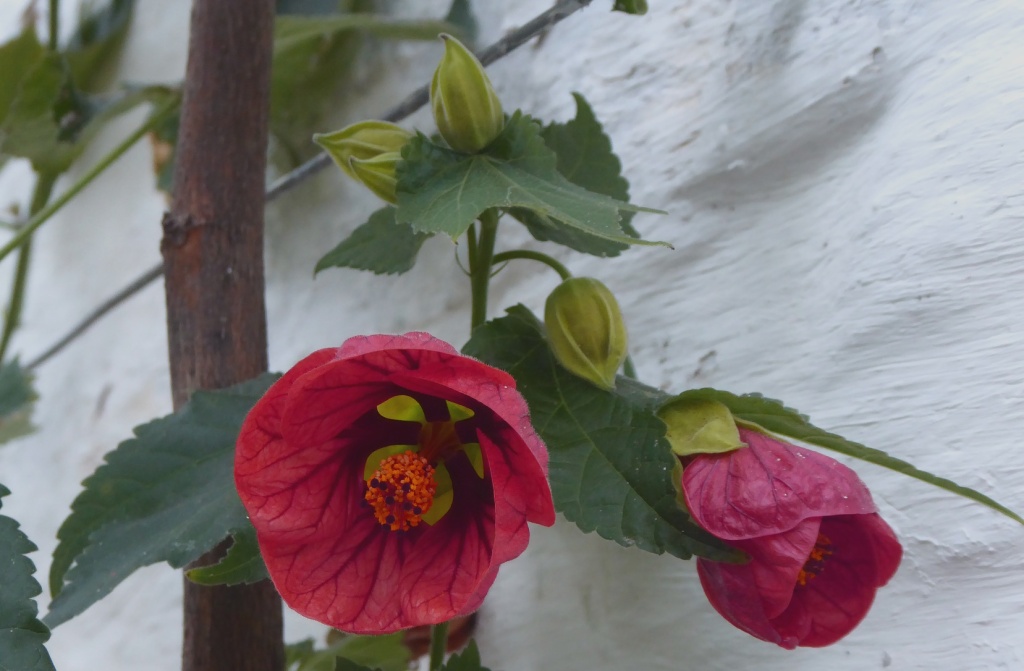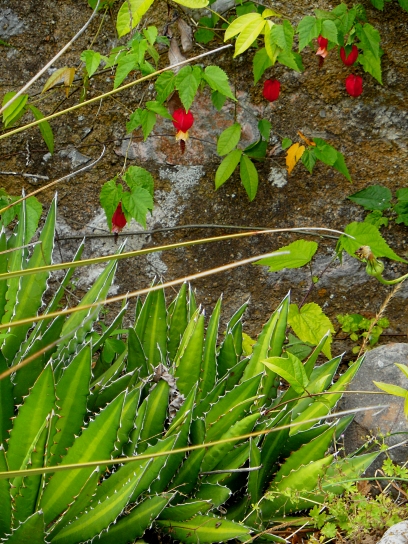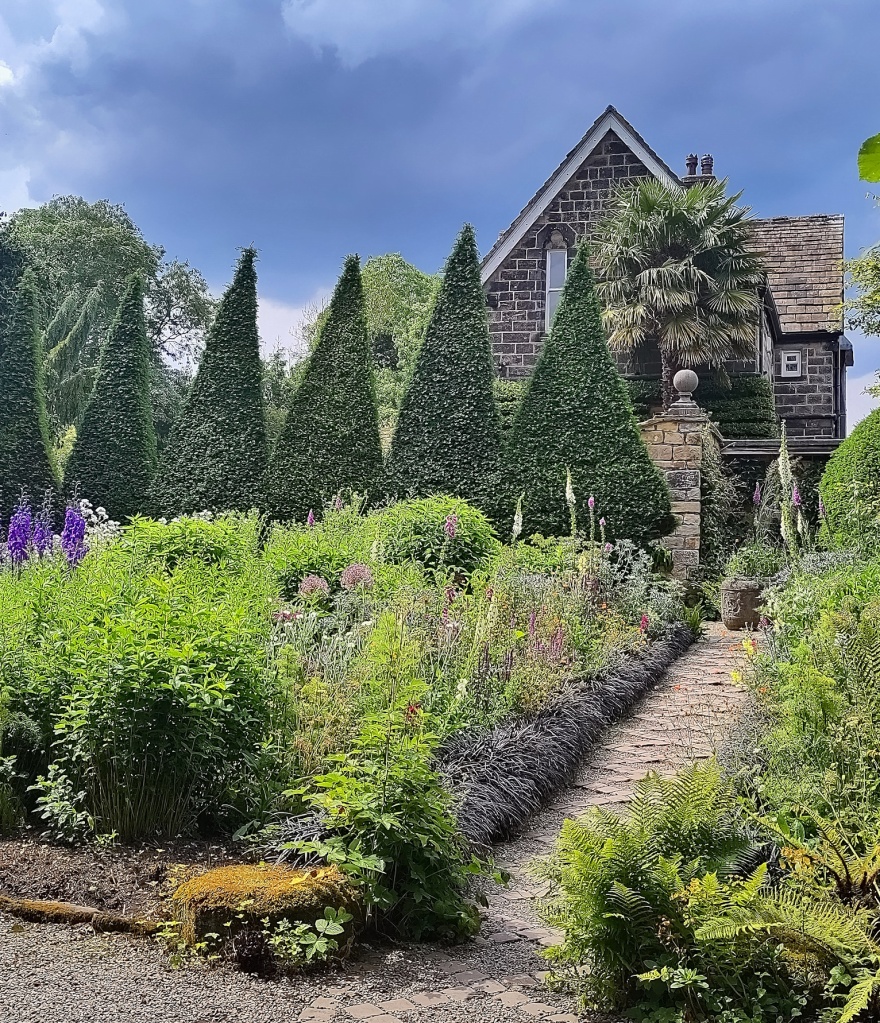
This is the classic view of one of the best gardens in the UK, in my humble opinion. York Gate was the garden made by a couple, Frederick and Phyllis Spencer and their son, Robin, over a period of 45 years. They created one of the most useful gardens to visit for people who don’t own estates in the Home Counties. The garden is a wonderful collection of plants, environments and sensory delights, all contained within a series of small garden scenes, all of which give bucketloads of inspiration and pleasure to small garden gardeners. Now run by the charity, Perennial, it is so worth a visit.
Here are some of my favourite views of the garden. I have to admit that, as I now garden in more straitened circumstances, I am often drawn to the damper, shadier and less well trodden parts of any garden that I visit. York Gate does not disappoint in that department.
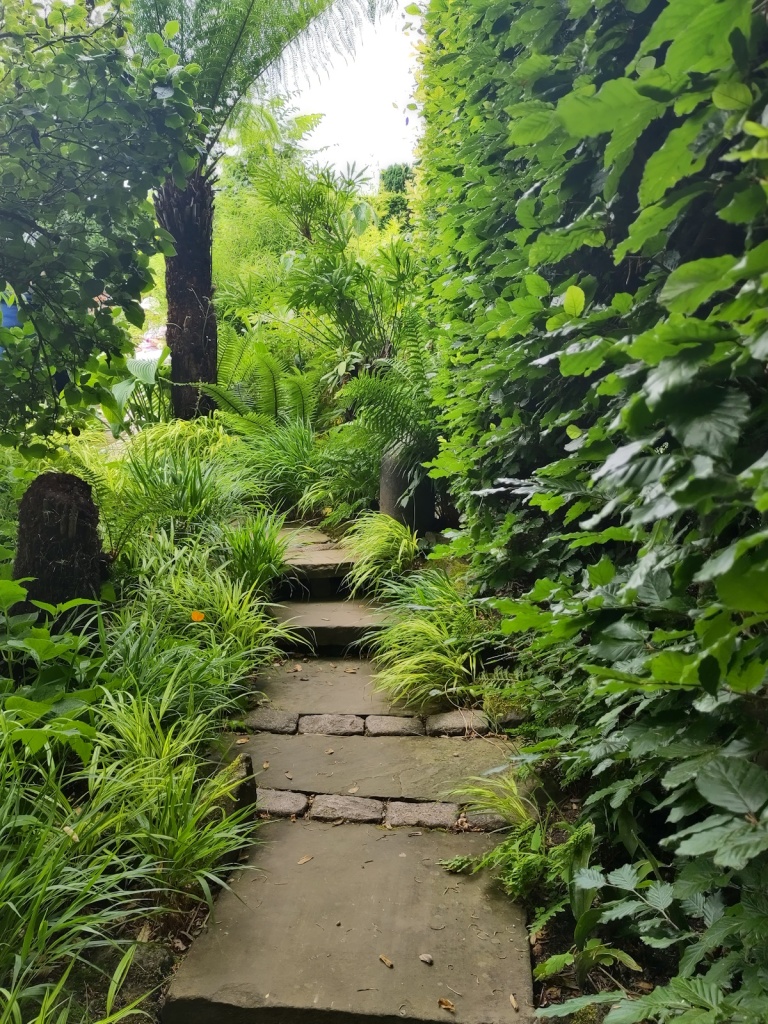
Dominated by a large and luxurious tree fern and framed by a beech hedge, here is a view down some beautifully constructed gentle steps that take you down to a quiet part of the garden, it is a secret journey all of it’s own.
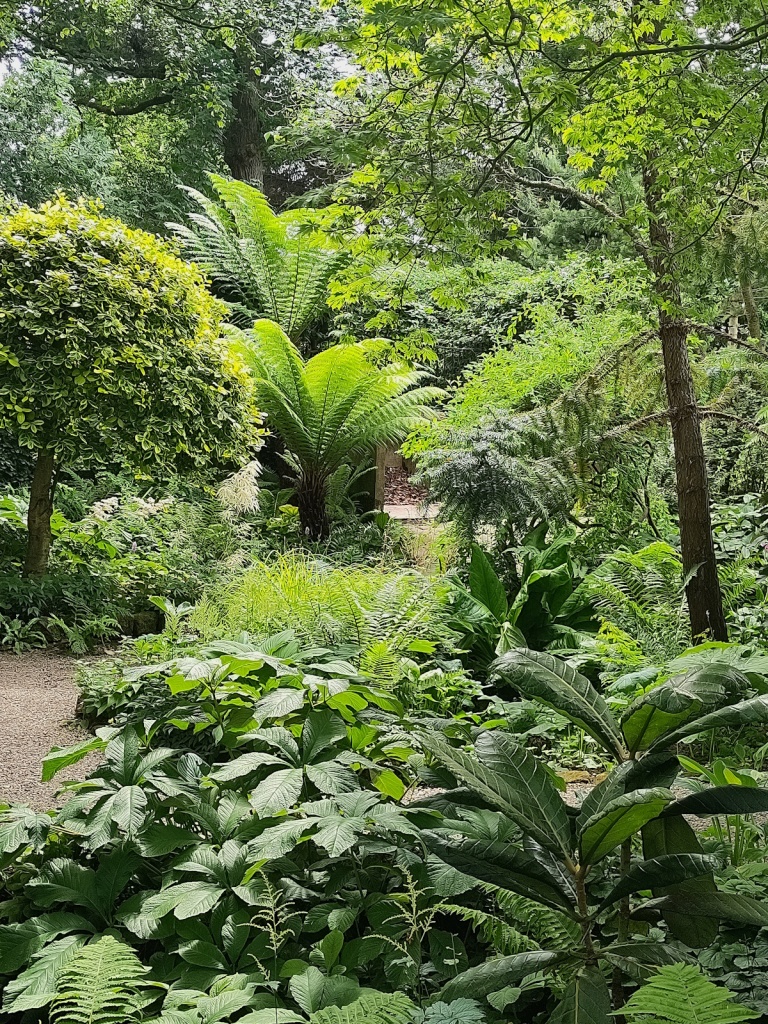
Looking the other way from the tree ferns, the undercover planting is lush and uninterrupted. The gardening of this part of the garden betrays no human footprint, it is as if this has always been here.
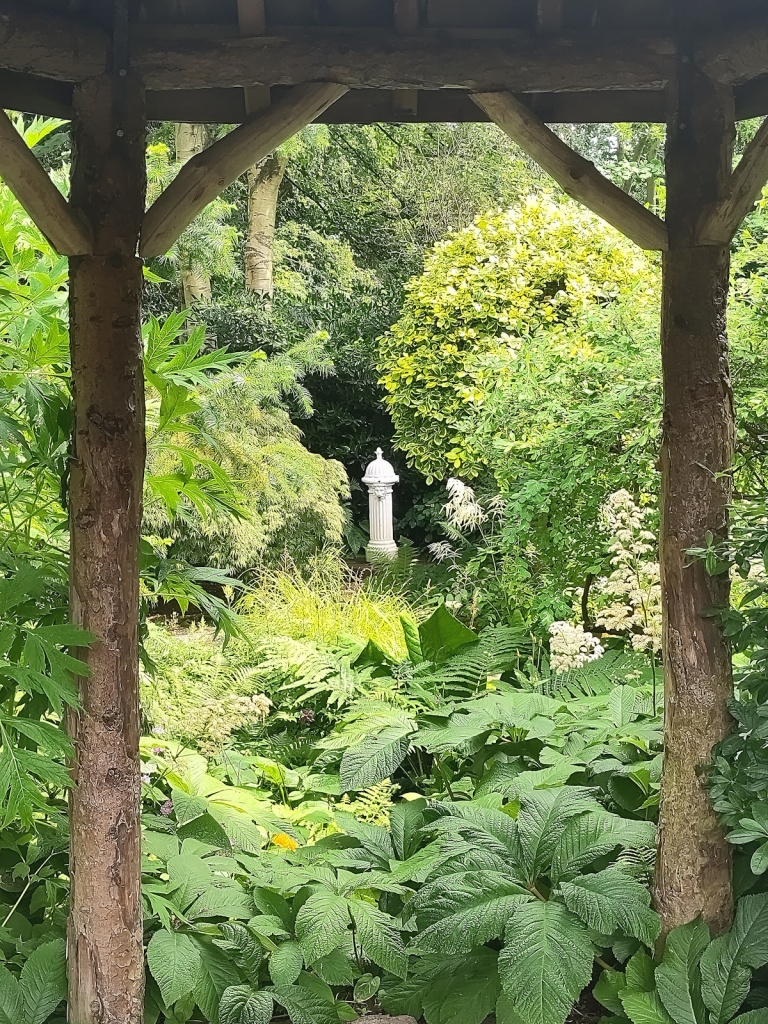
Looking out from a handcrafted arbour, through masses of Aruncus dioicus and shaped trees, the eye picks out a perfectly positioned ornamental water hydrant, painted white. The Spencers were inveterate collectors of objects, stones, cobbles, wood that they would repurpose in their own garden, always combining craftmanship with sensitive placing.
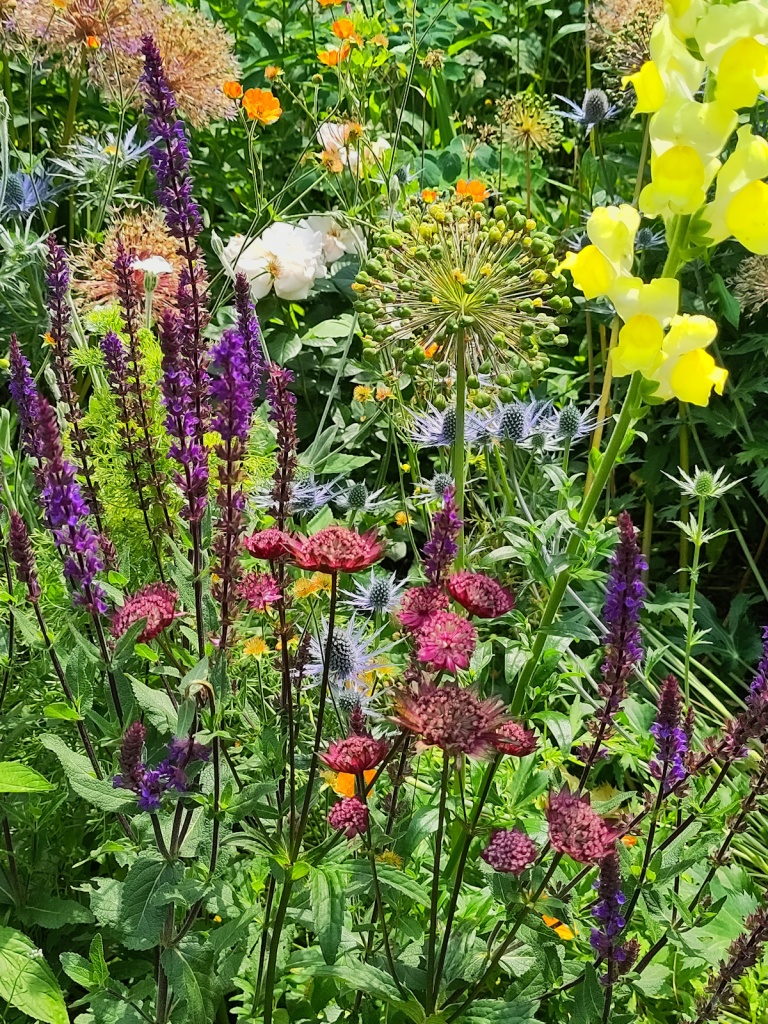
And there is more….deep herbaceous borders excitingly planted with vivid colours and mixes of plants. These alliums would have contributed more vibrant colour when in flower, but the dried flowerheads also bring drama and skeletal structure to the billowing perennials. I can’t grow Astrantia well, what a delight to see so many good varieties in use.
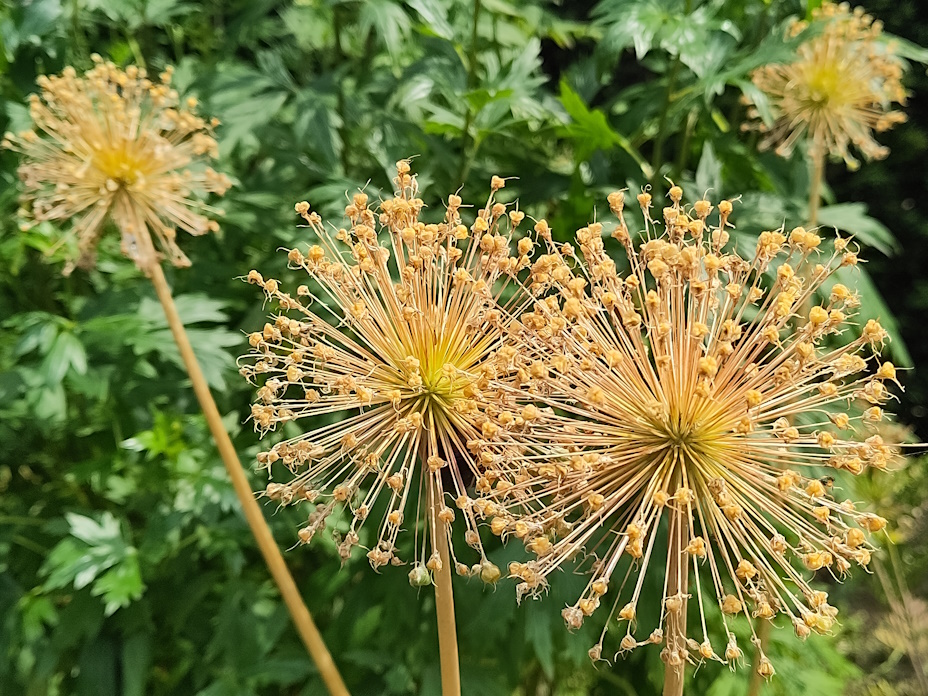
I adored Sarah Price’s garden at the Chelsea Flower Show, albeit only via the television. I am a serious plant crammer, always stuffing something else in where I can. Listening to her interview, she was explaining one of her key design elements- giving the Benton irises in her garden space to be seen and to be appreciated. With a remarkable and beautiful collection of irises in the most gorgeous shades, she has a real point. She also used some stately Aeoniums and some spikey succulents- I have always been wary of succulents, but she won me over completely. I need to make space for some.
Below, in York Gate, another area, on a dry sloping border, is set aside for their collection of succulents, all of which are overwintered in the glass house for protection. And here is an almost ‘Sarah Price’ moment, with the Aeonium ‘Zwartzkopf’ in the foreground with the iris foliage, and a stunning collection of Cephealocereus senilis holding the scene. Somewhat unkindly called ‘The Old Man Cactus’, I have been ignorant of it’s charms. No more.
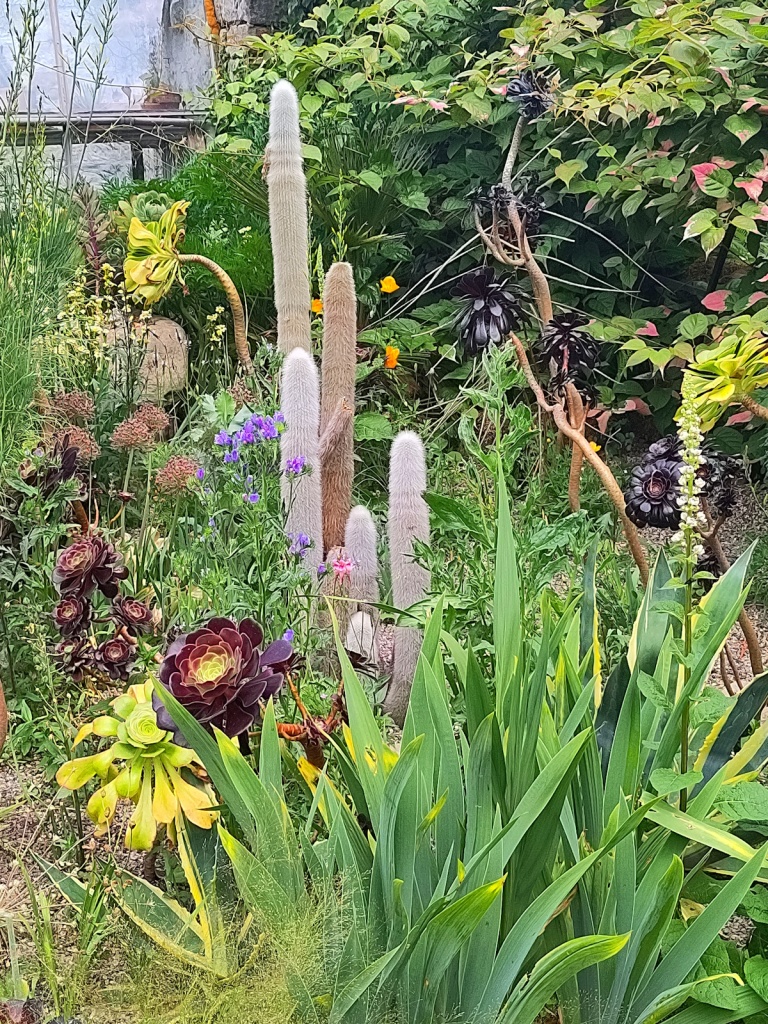
Meantime back in another herbaceous border, one of my absolute favourite plants, which I have lost more times than I dare confess, Rudbeckia ‘Green Wizard’. It is such a drama queen, tall, spectacular and the gold ring of ripening stamens moves down that flowerspike as the flower matures- pretty fabulous. This photo is for Elizabeth, another Rudbeckia nut.
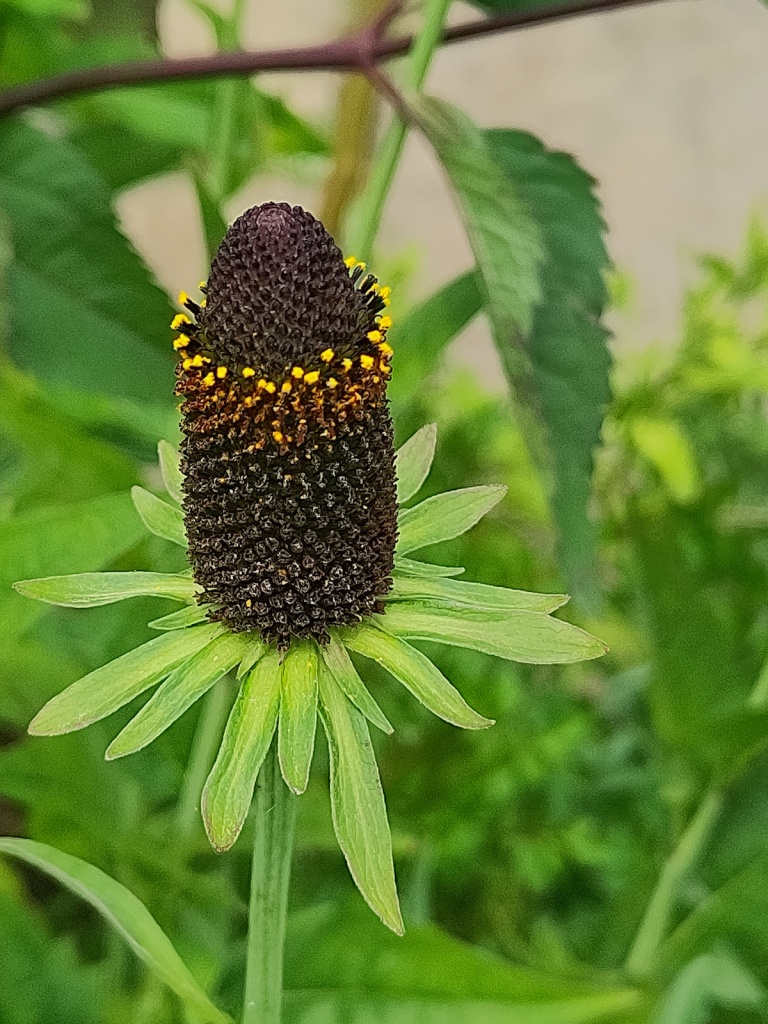
Also, another favourite, the fantastic Martagon lily rummaging in the understorey, bringing a flash of orange to the greenery.
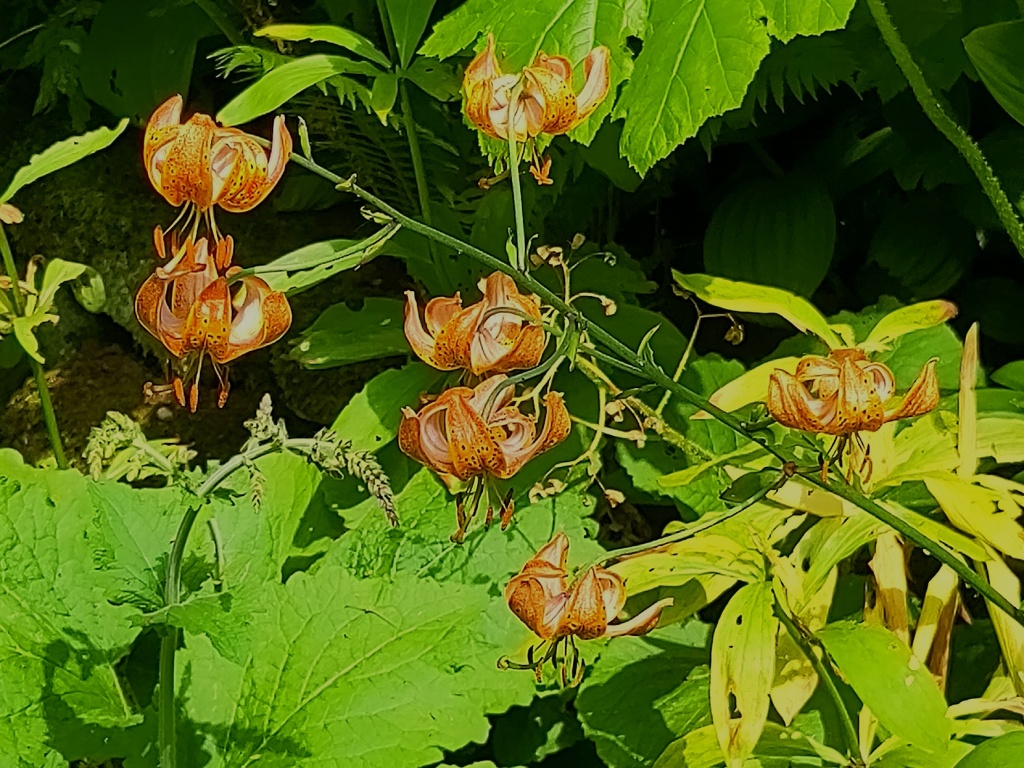
And then, in the newly planted sand garden at the front of York Gate, there was another bizarre but also strangely charming small plant that I had never seen before. I sent this photograph to York Gate and asked them to identify it for me. Within hours, I had a reply email from Jack Ogg, Head Gardener, telling me that it is Nemesia ‘Masquerade’– what brilliant service for a very small request.
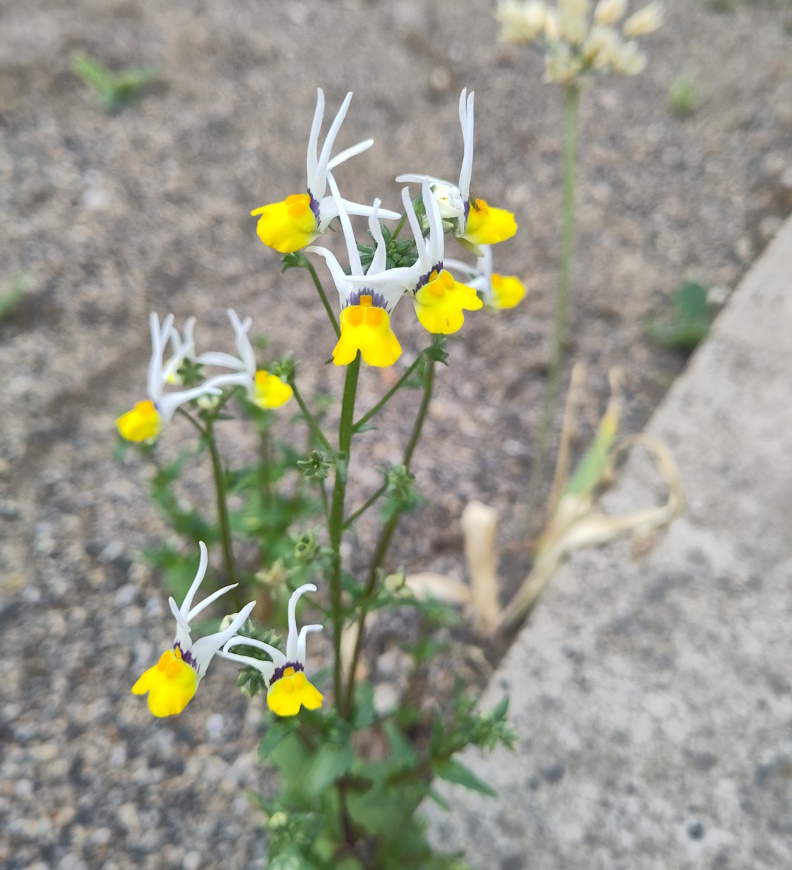
I went to York Gate without my camera, which I had walked past half a dozen times on leaving our good friends in Peebles. The camera stayed on the table in Peebles, and I went to Leeds. But I think that my Fairphone has not done a bad job at all. Thanks to Elizabeth, I have my camera back!
And lastly, the past 2 weeks have been a technological nightmare, as my WordPress account resolutely locked me out, for what reason I do not know. But, all of a sudden, normal service has been resumed. I was furiously considering shutting up shop on WordPress and moving to Blogger, but, in the cool light of day, my pique has subsided, and so, dear reader, I am staying put with WordPress. It was a ‘cutting off the nose to spite the face’ moment, which has passed. Phew.
